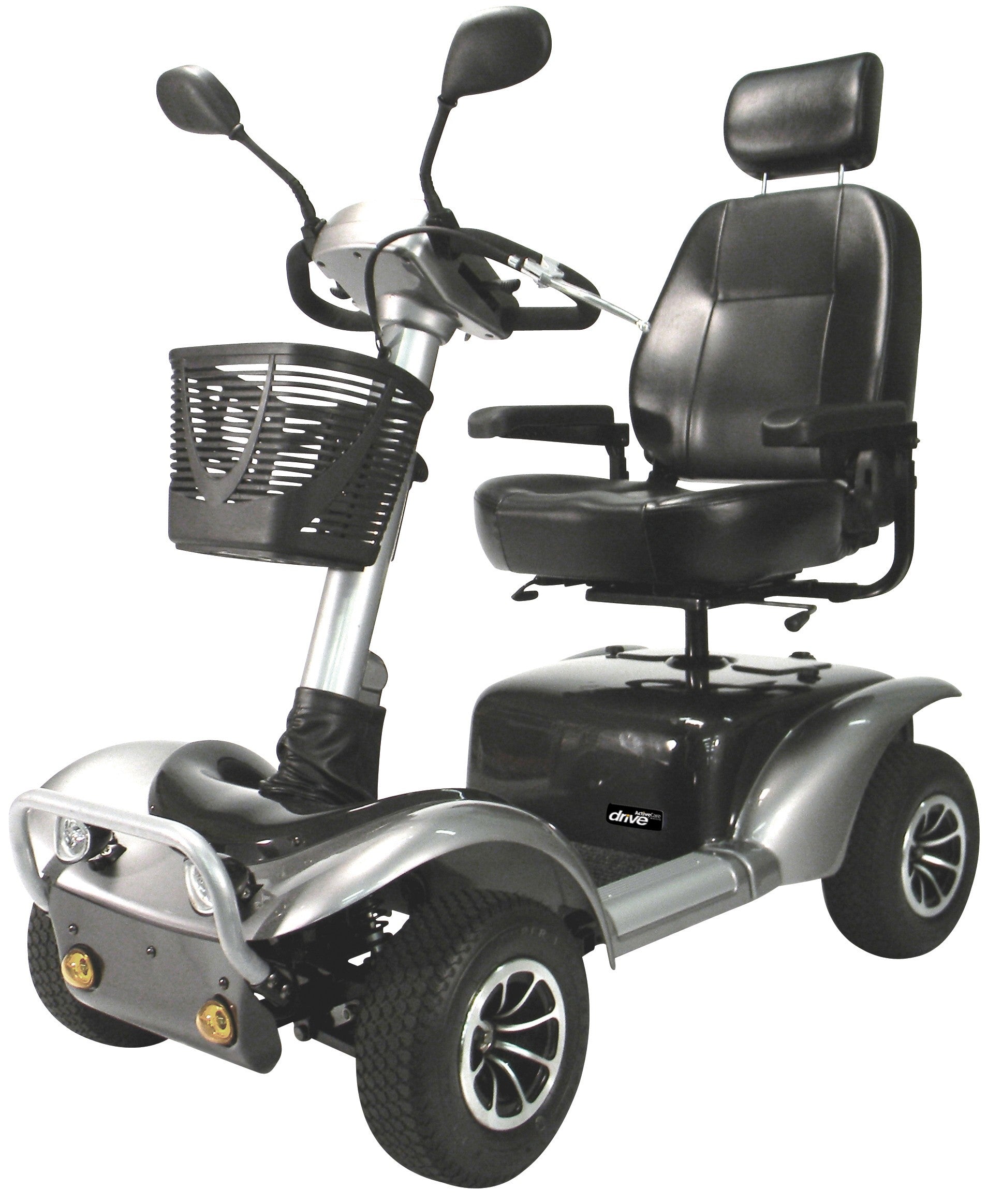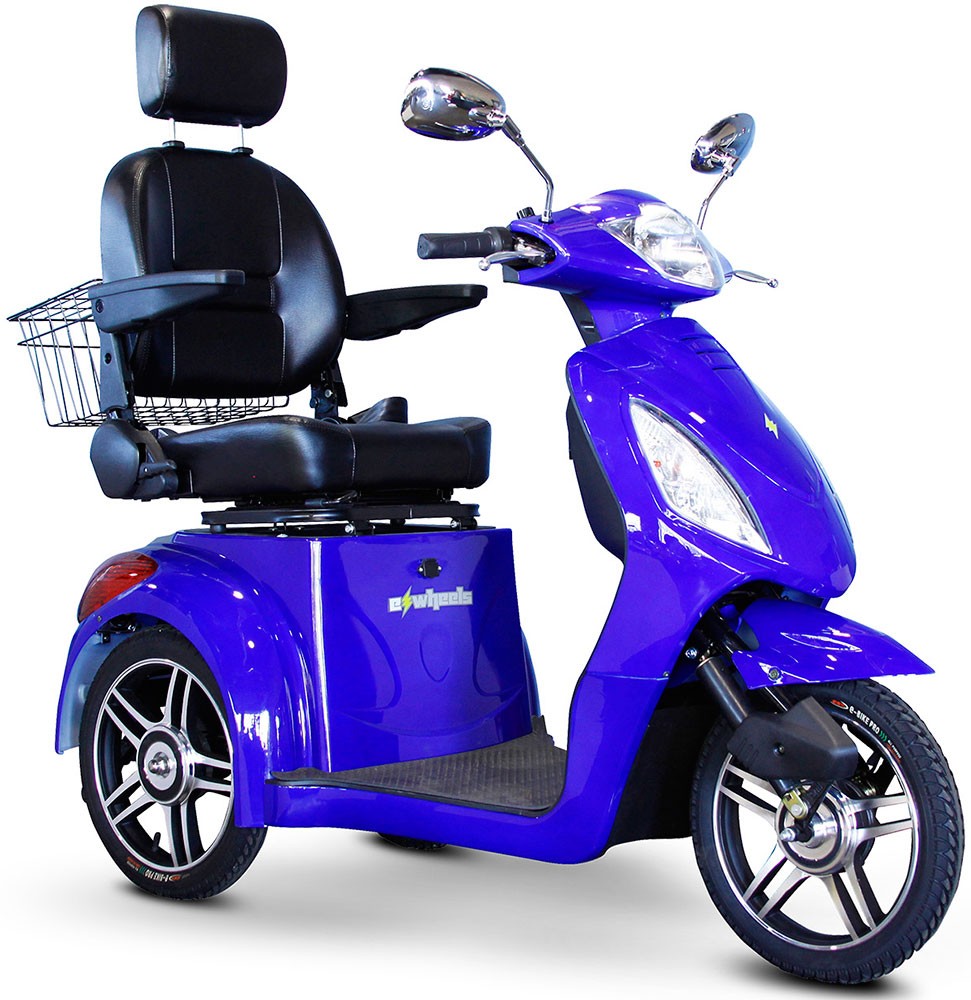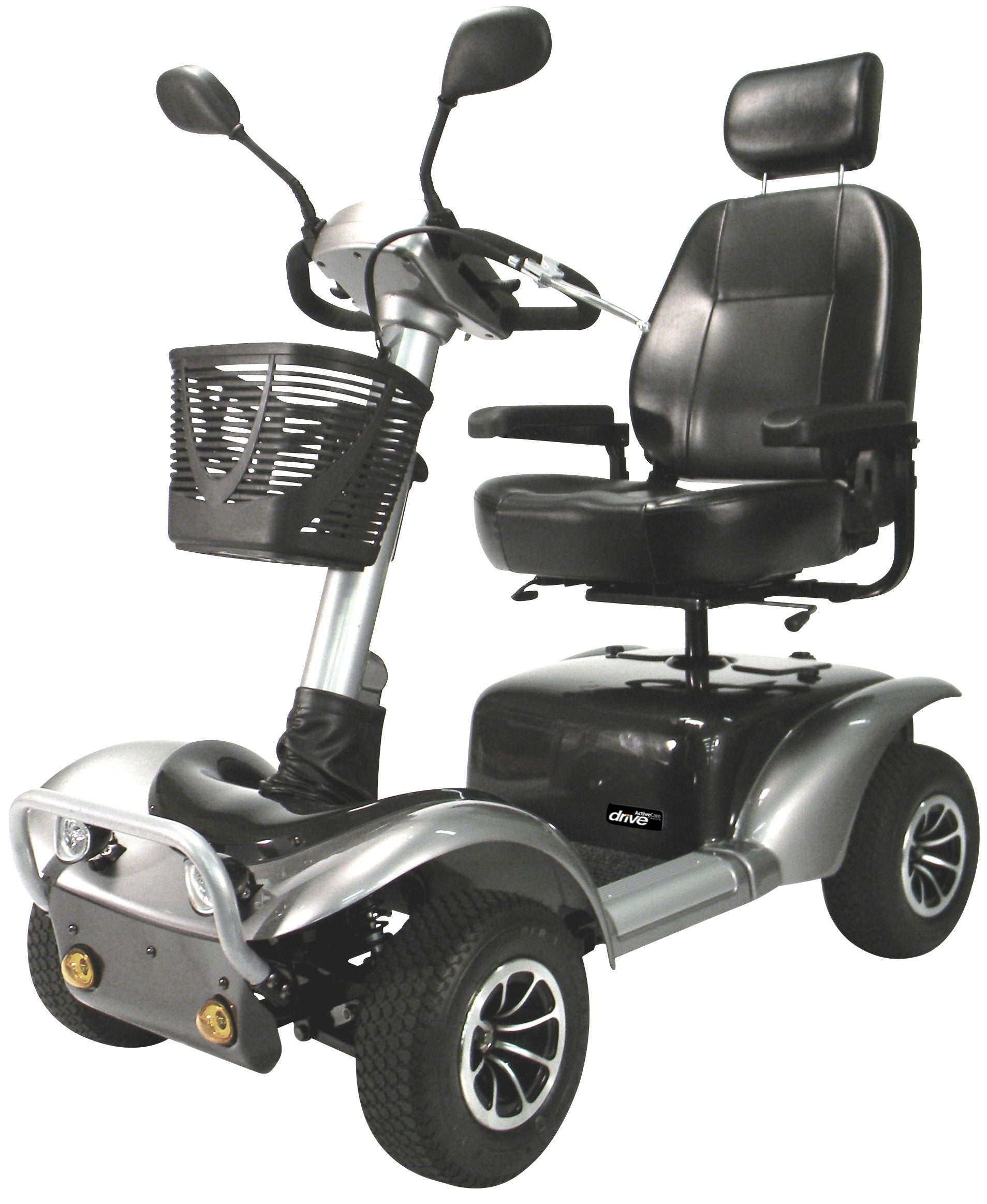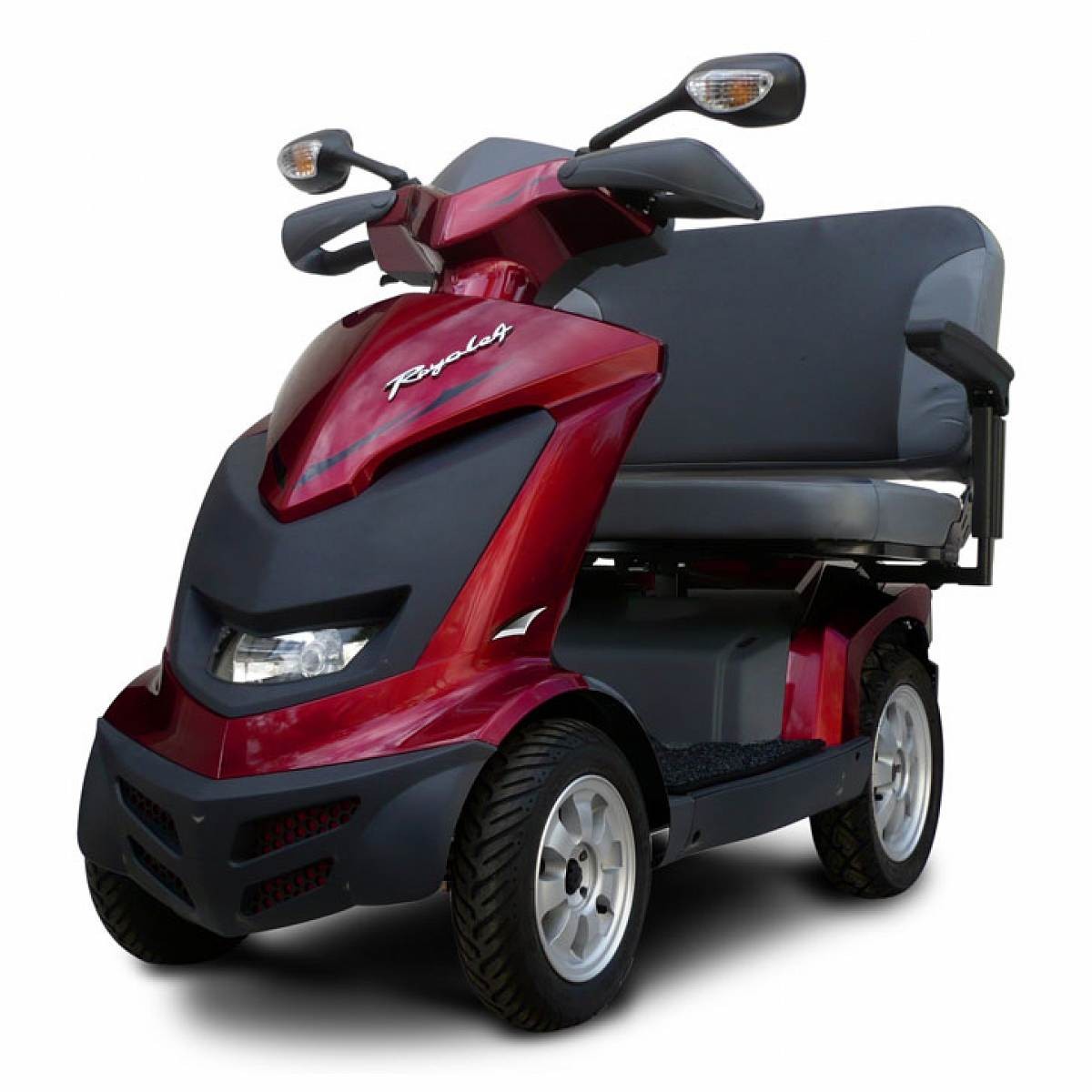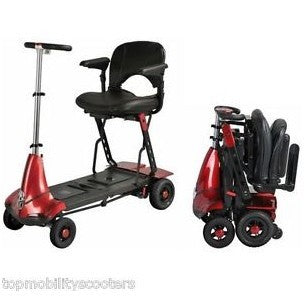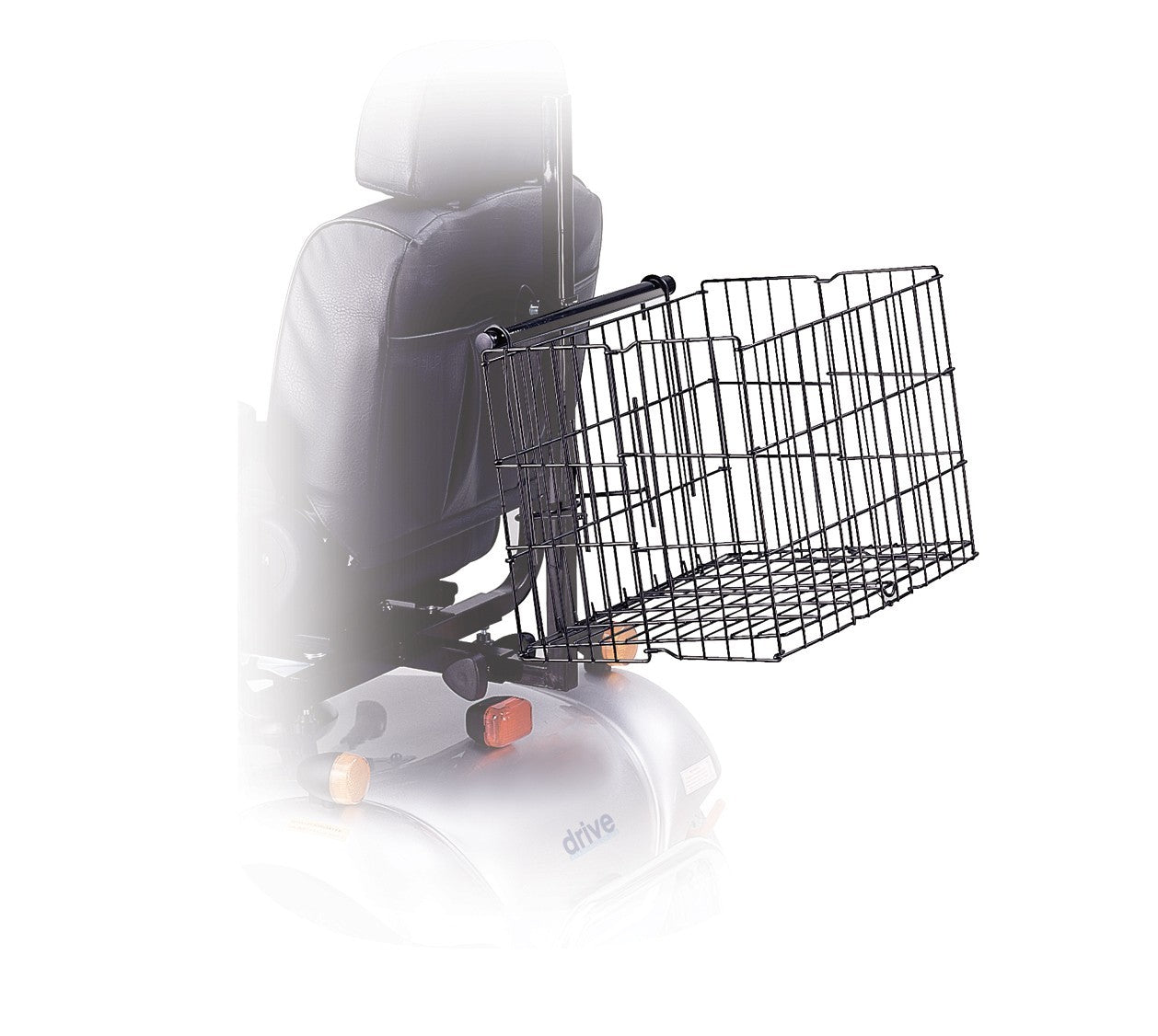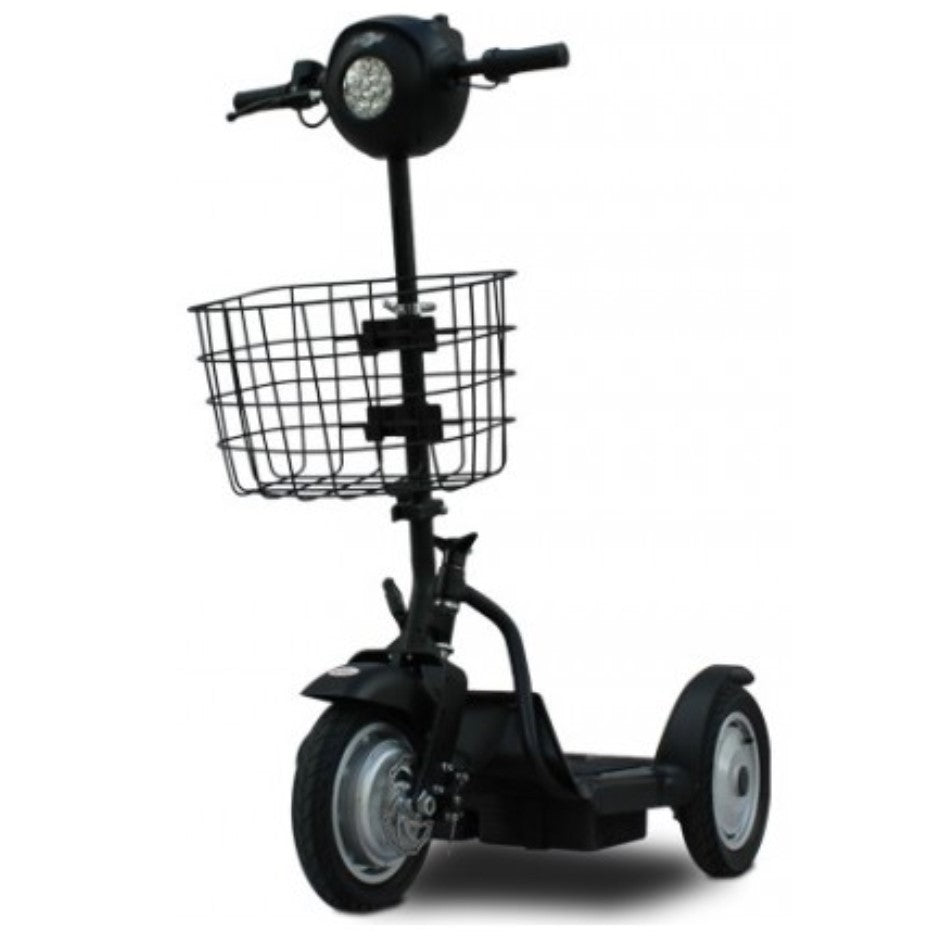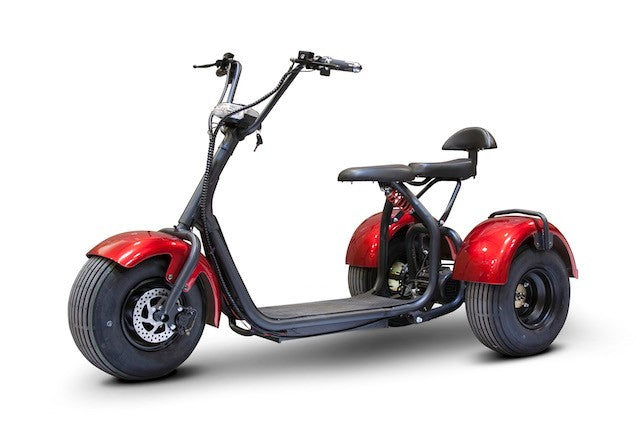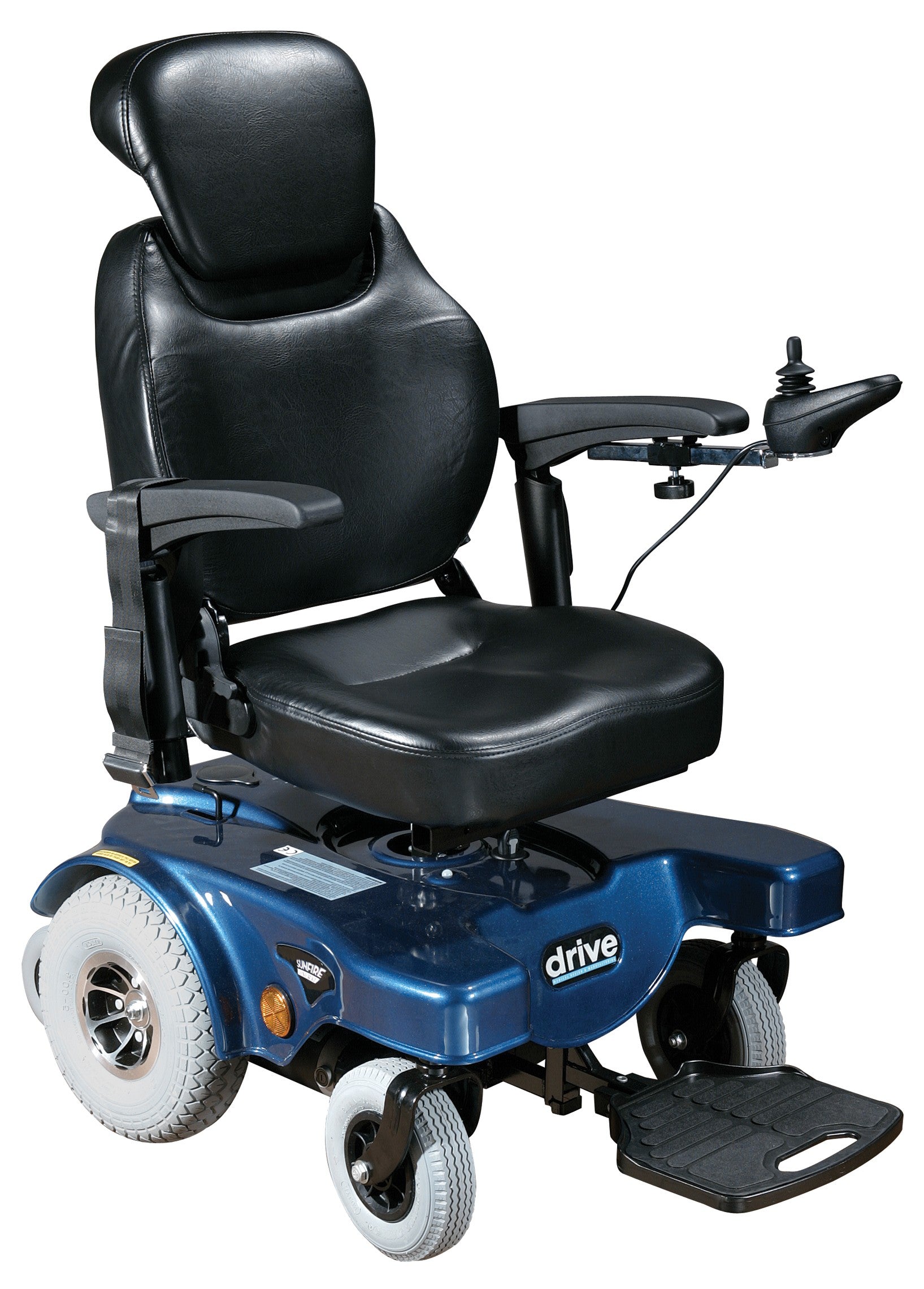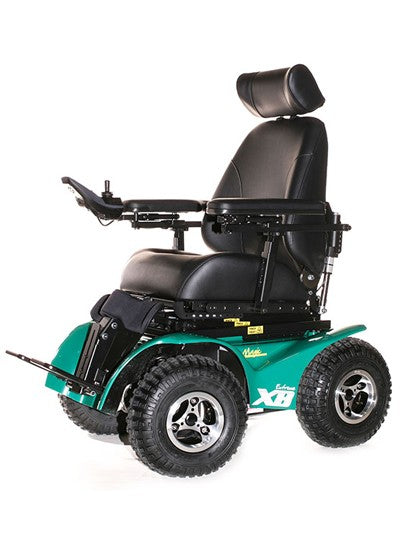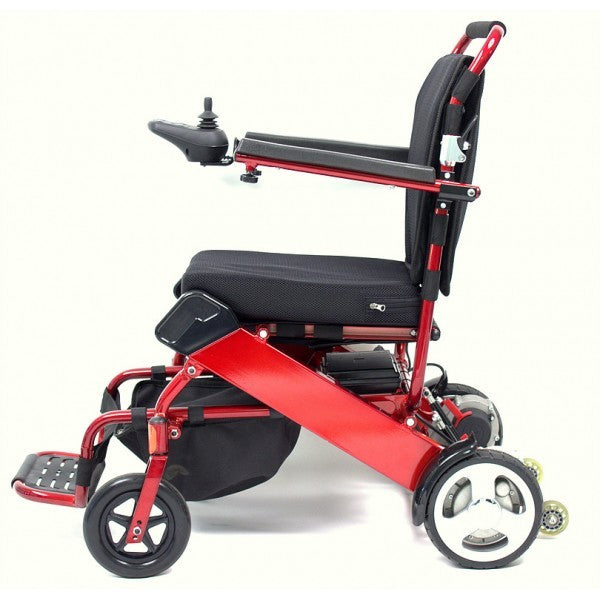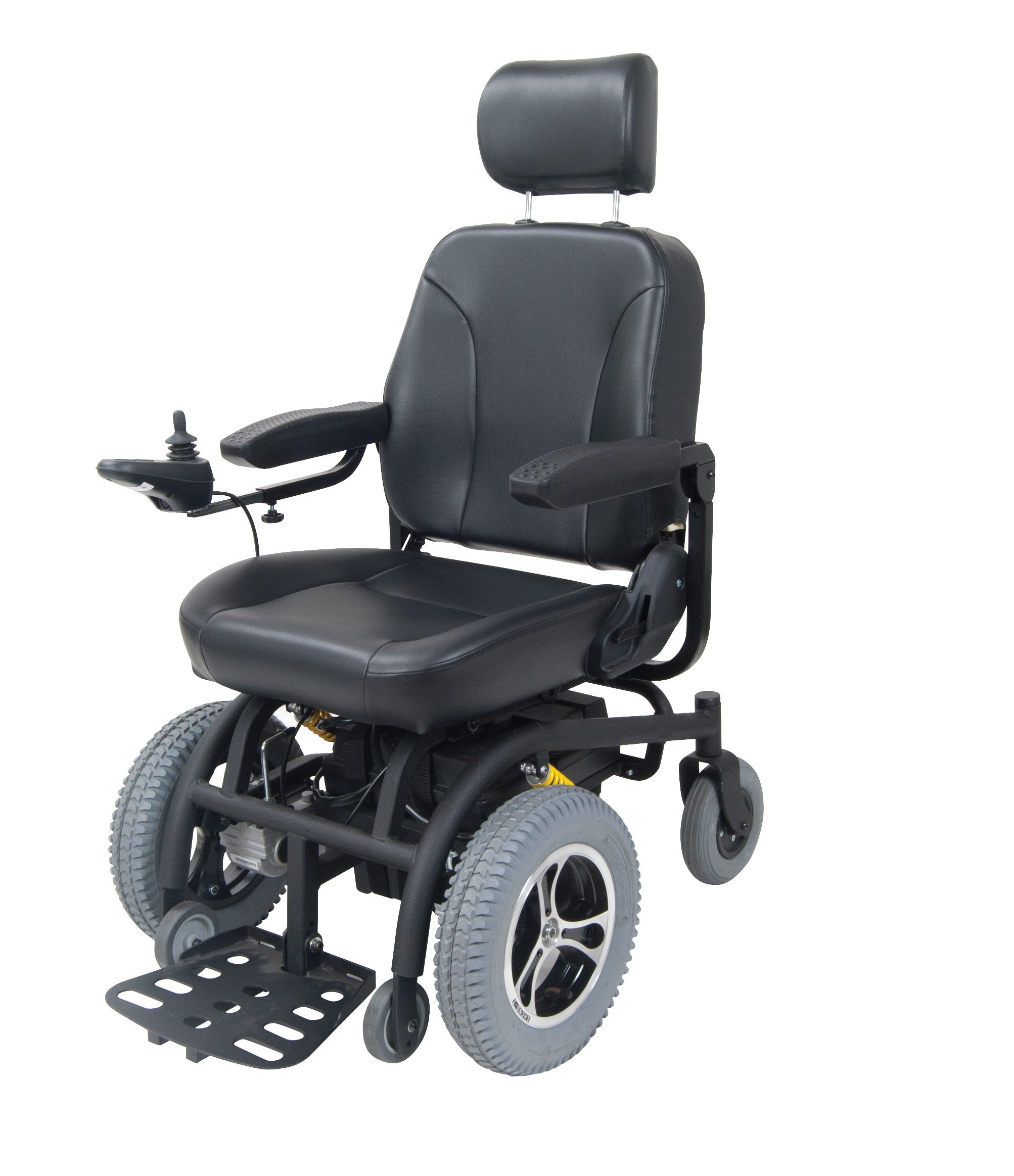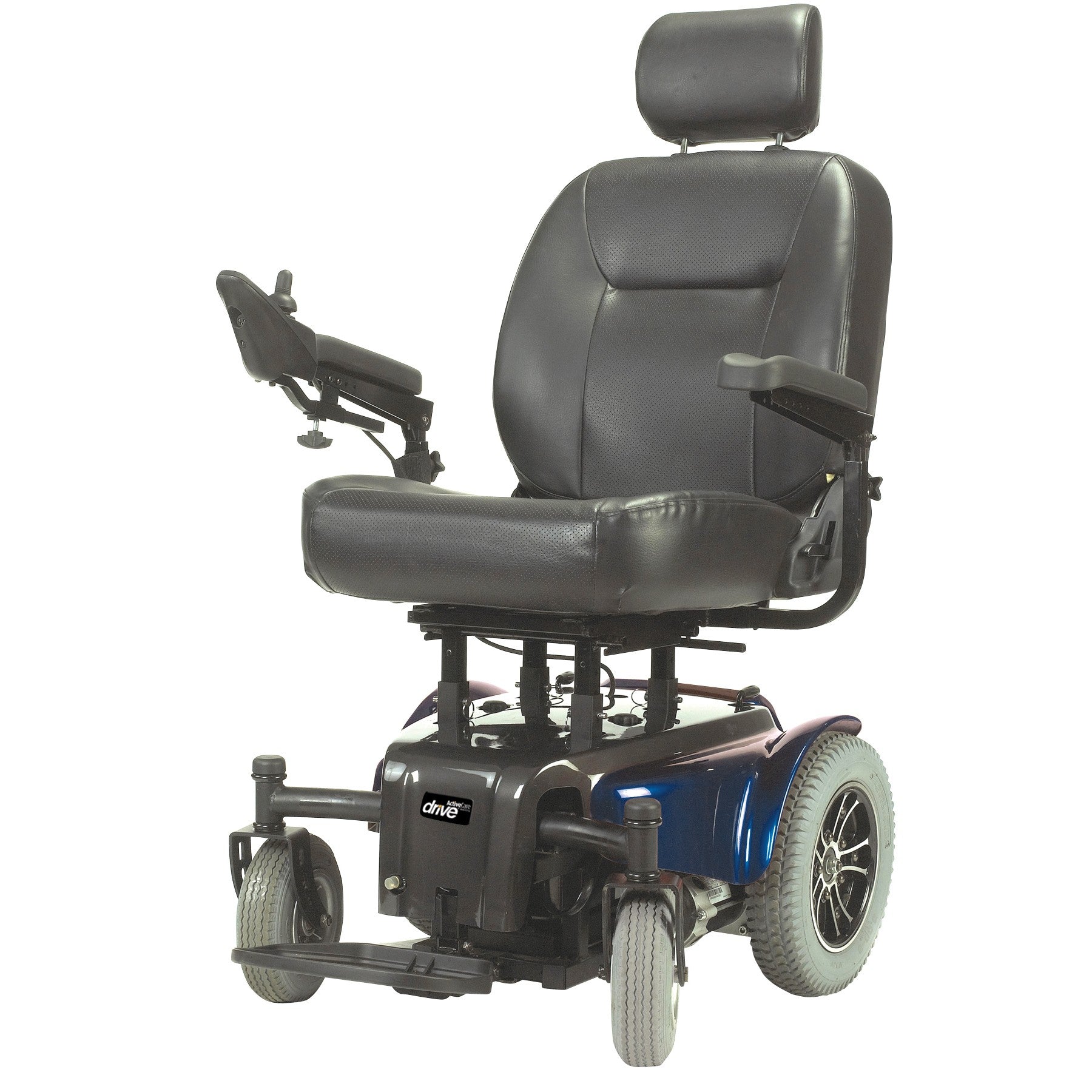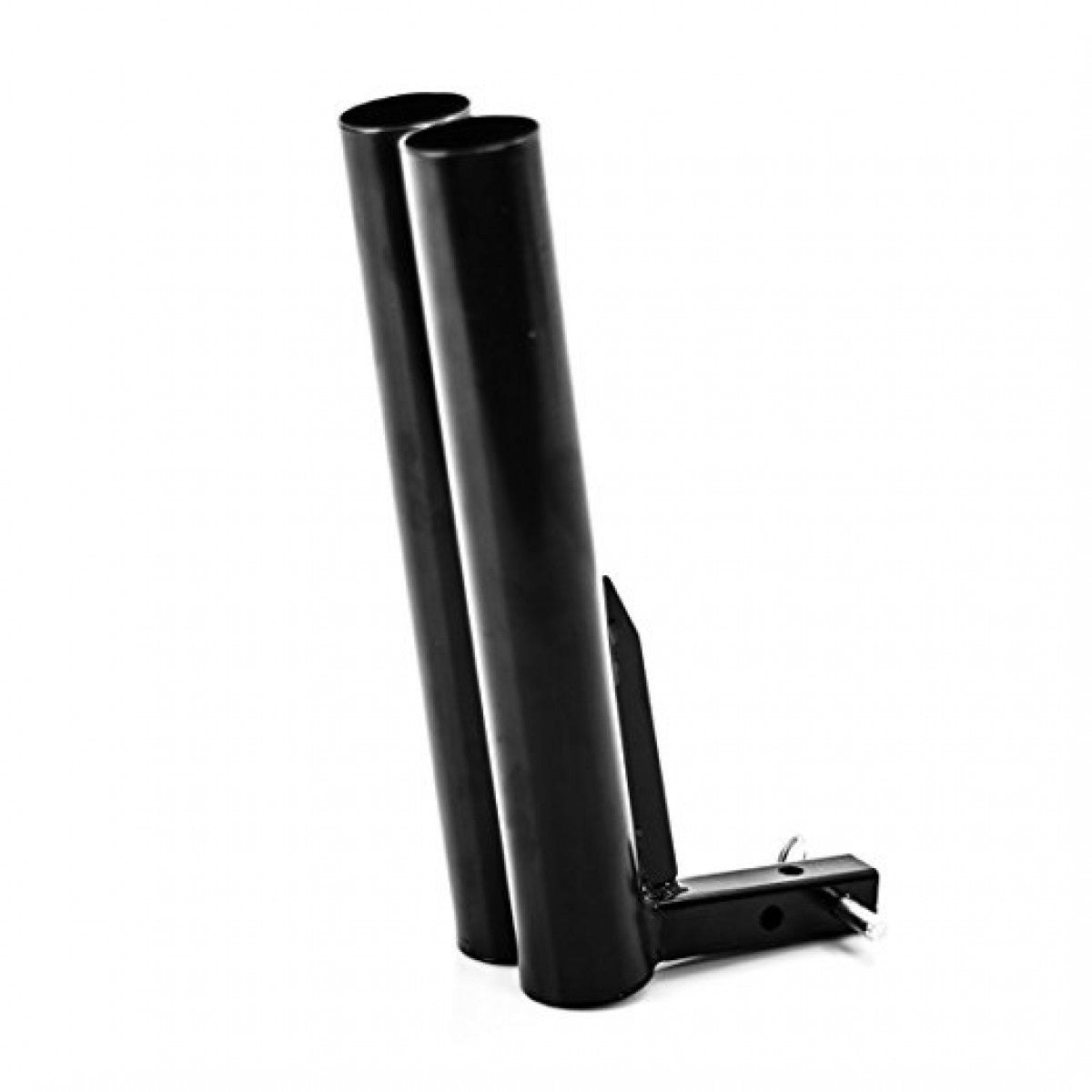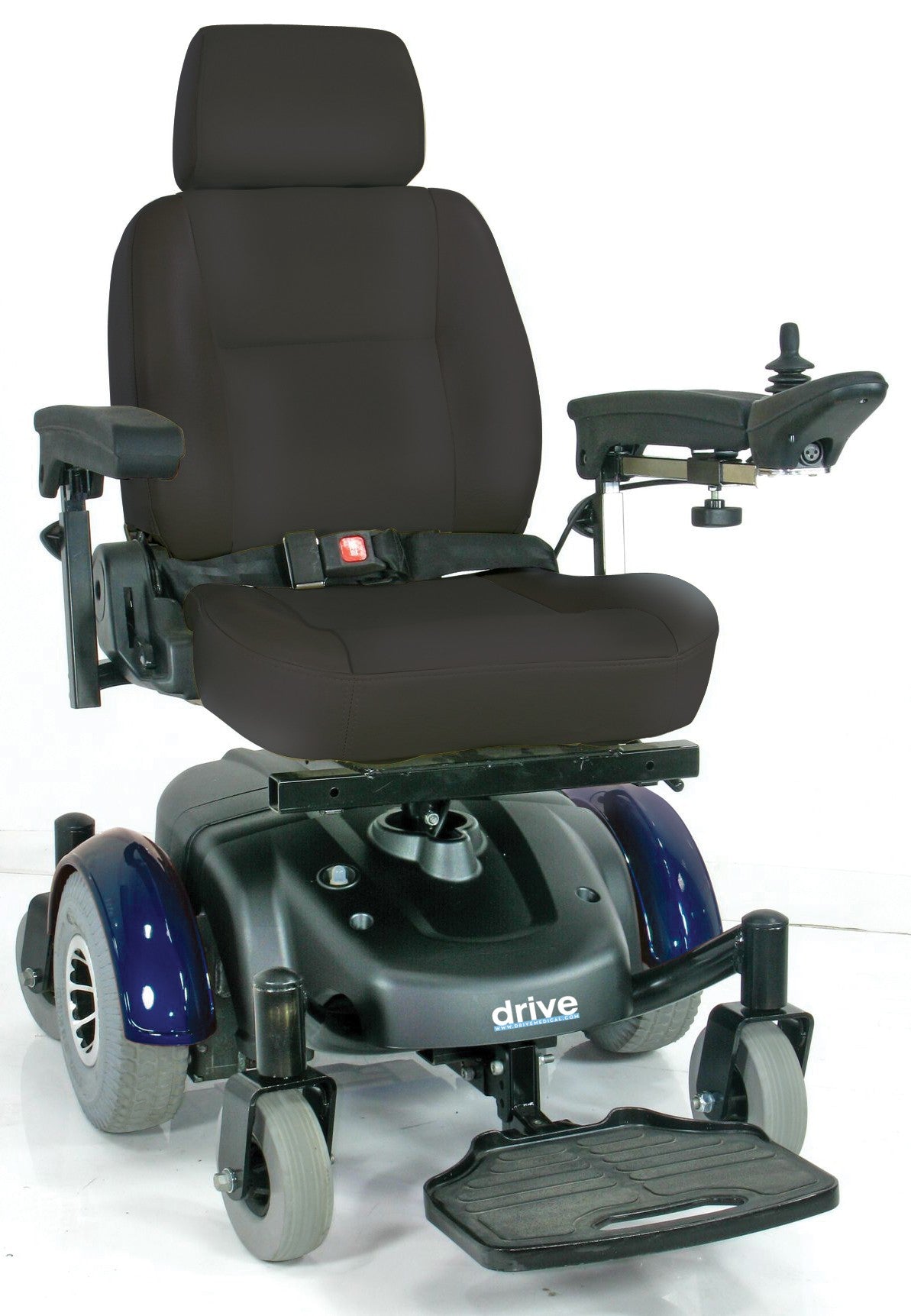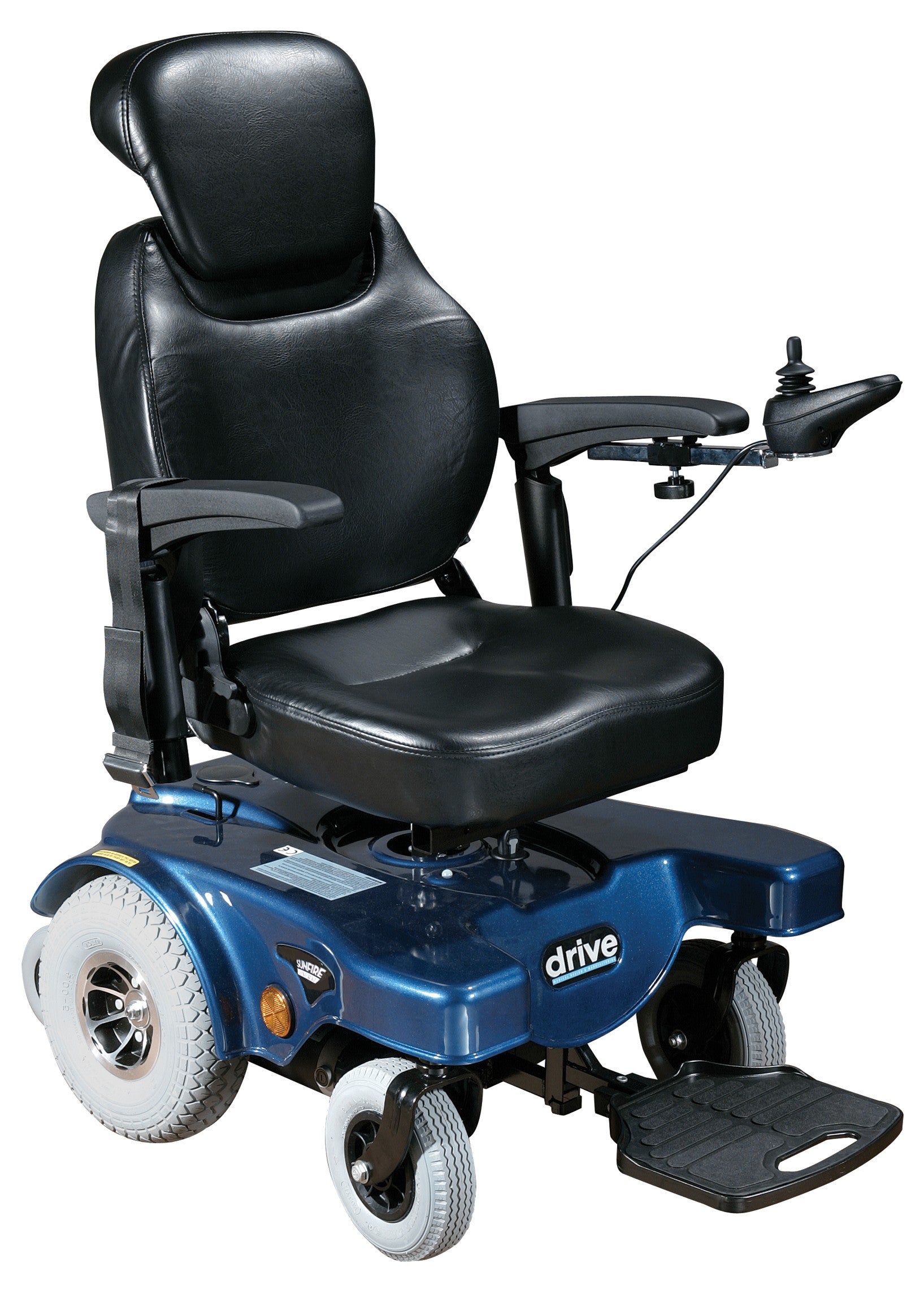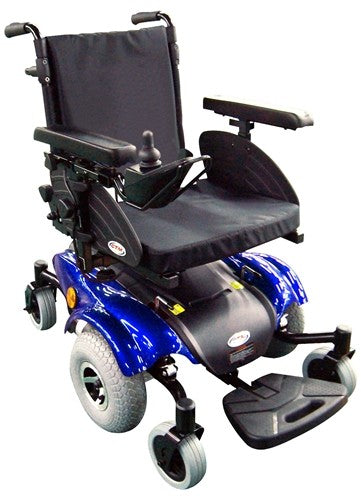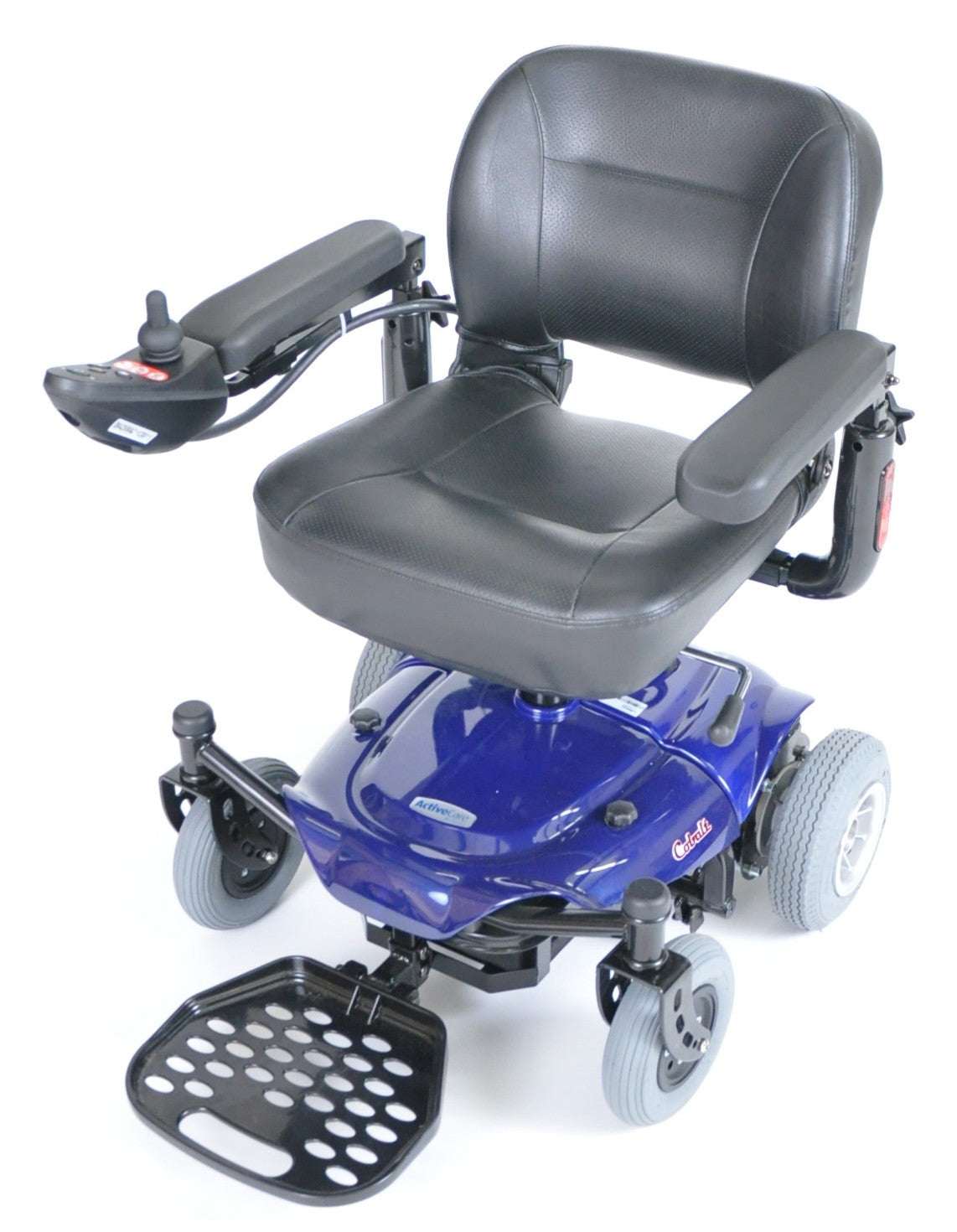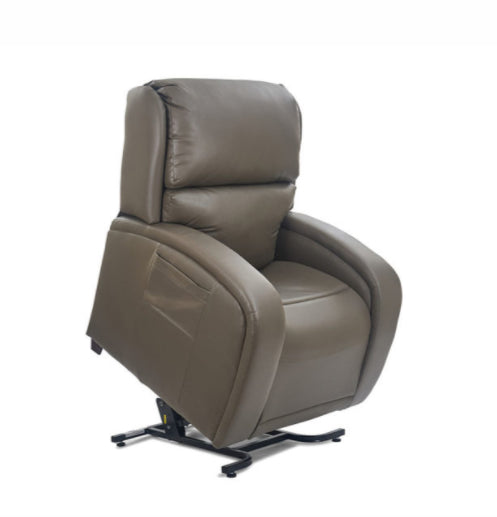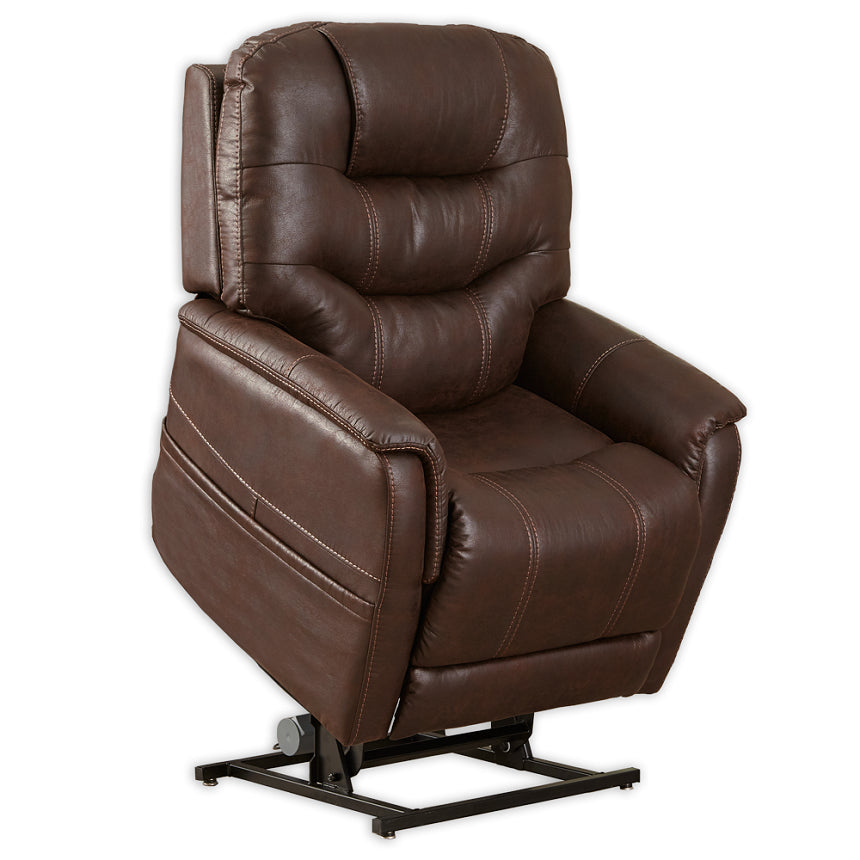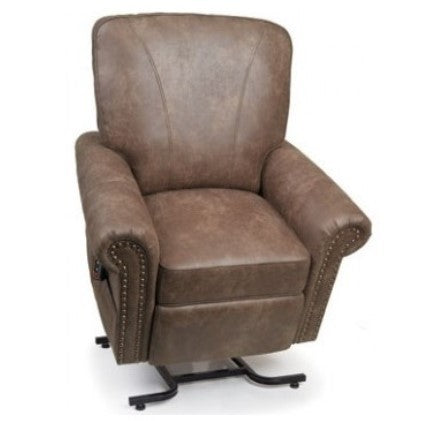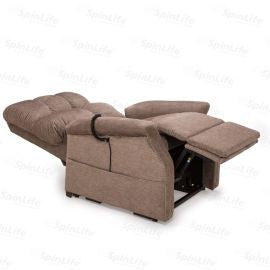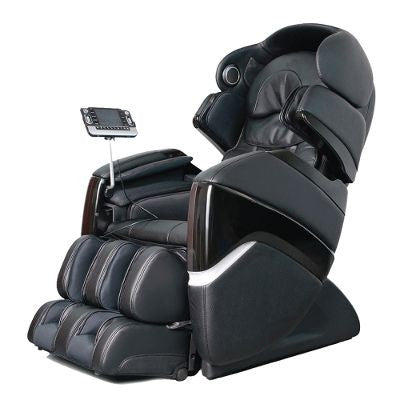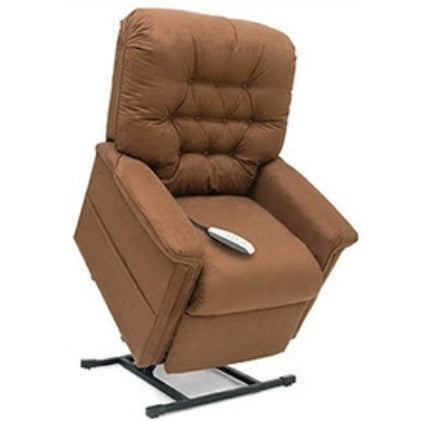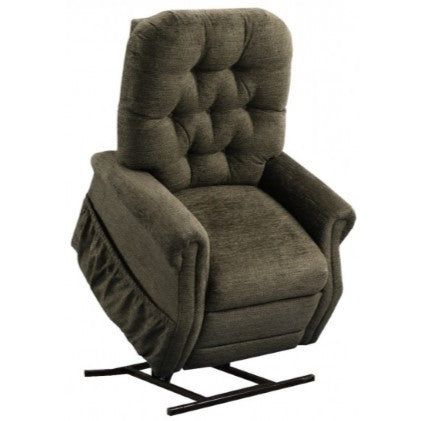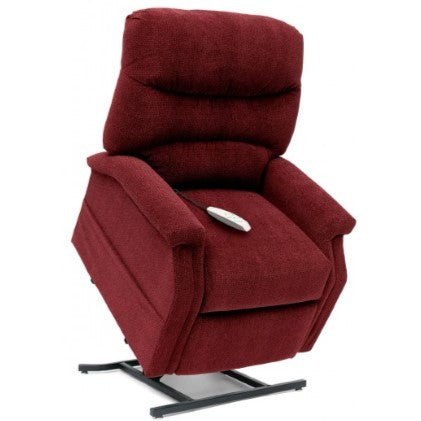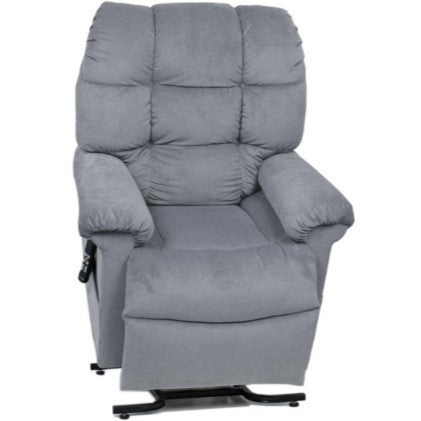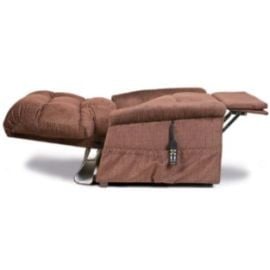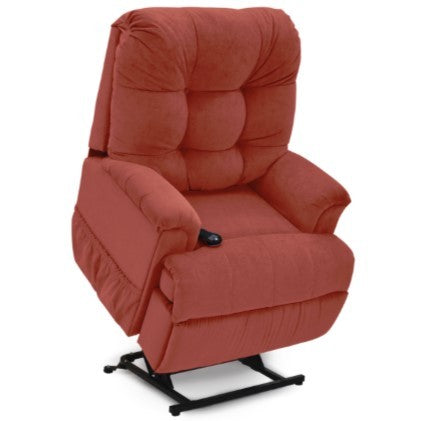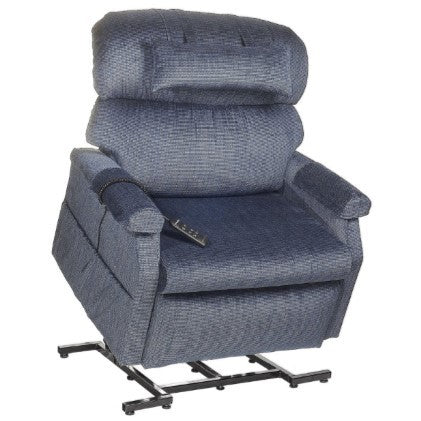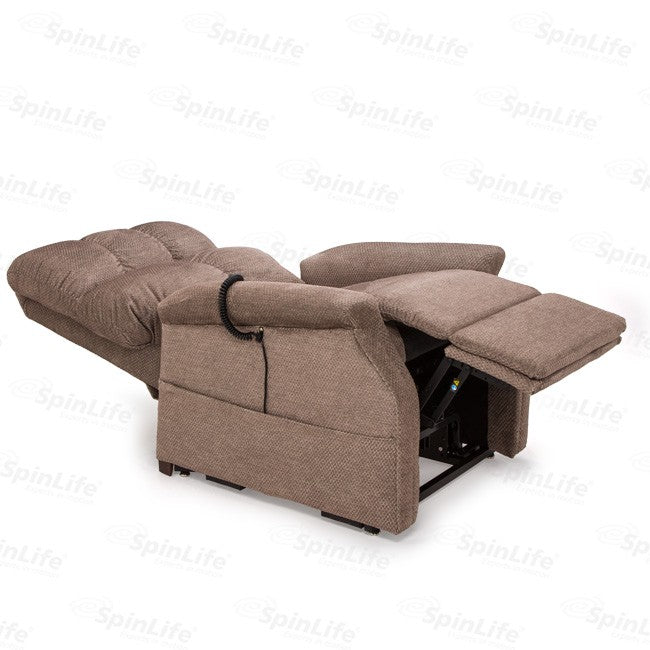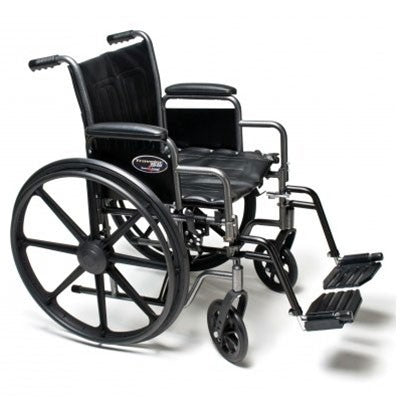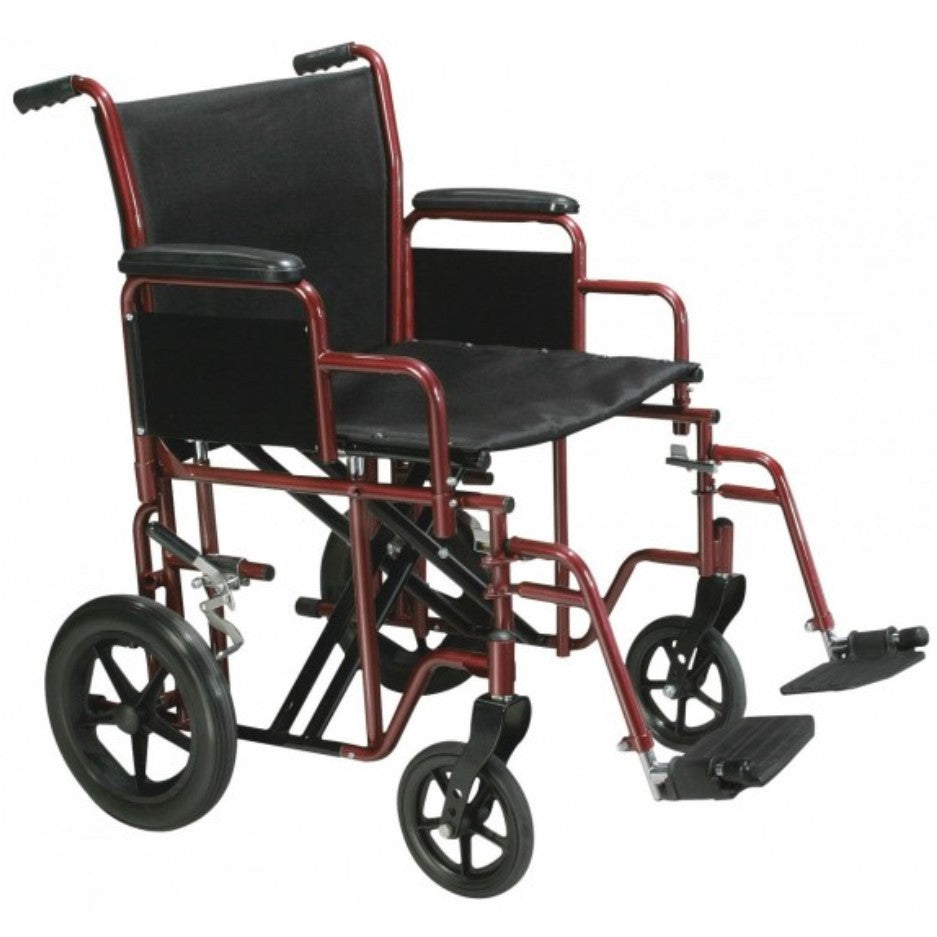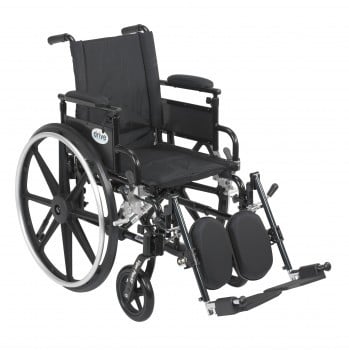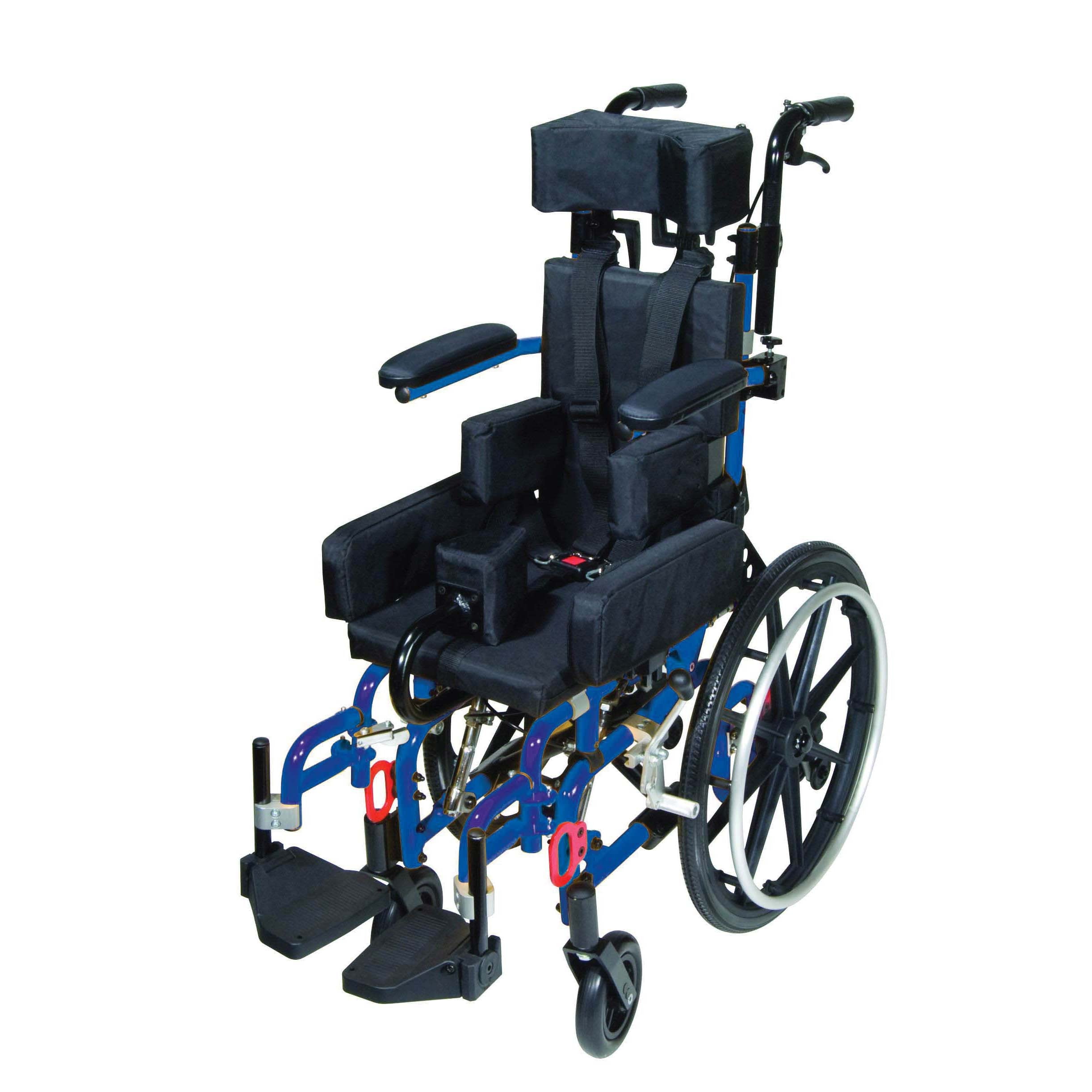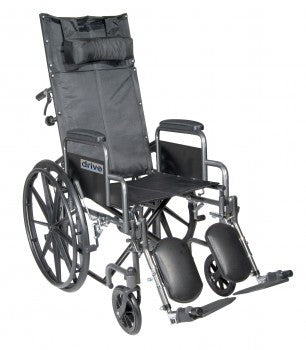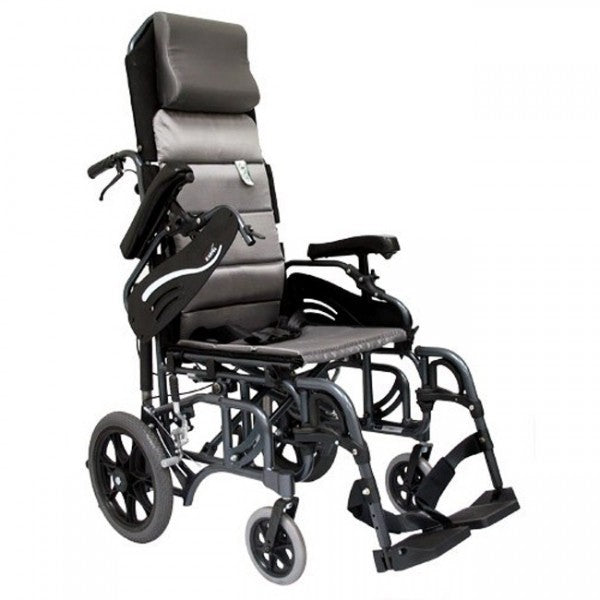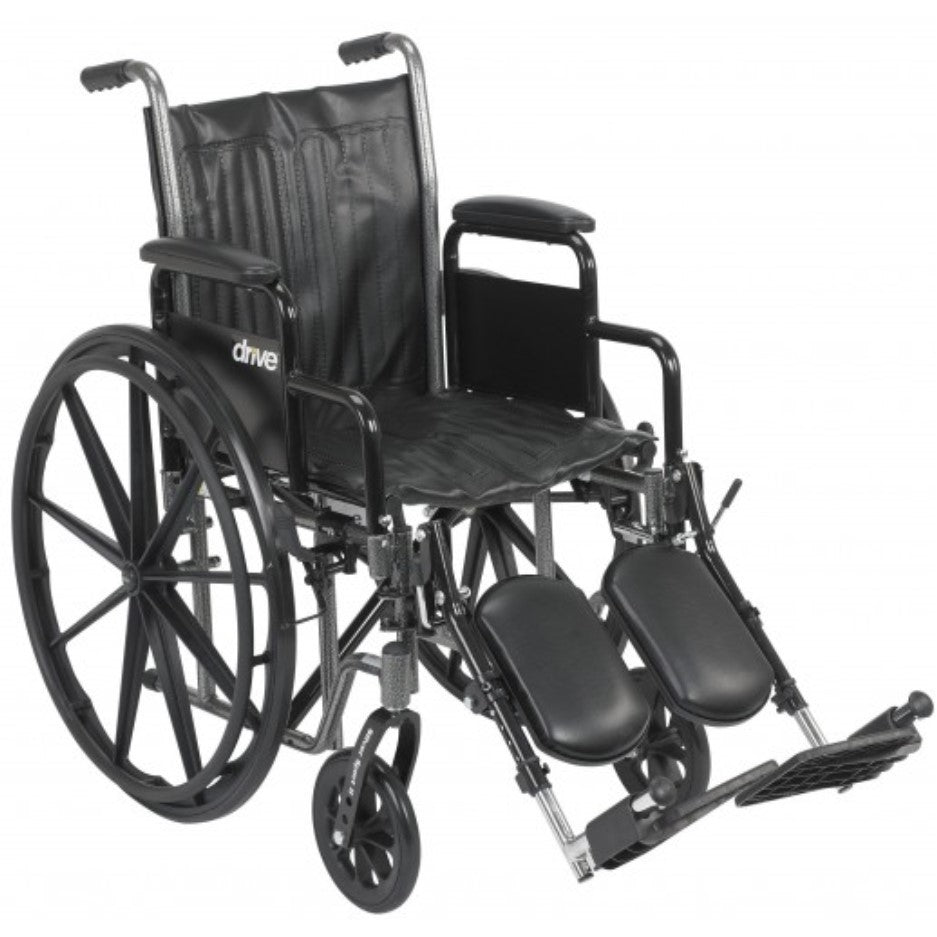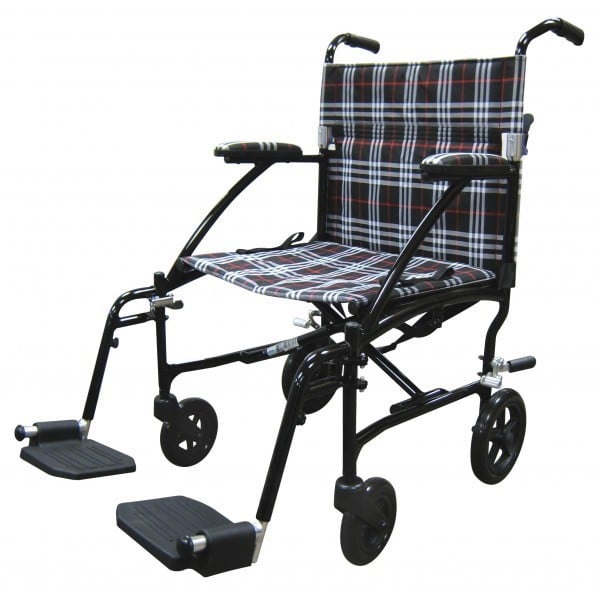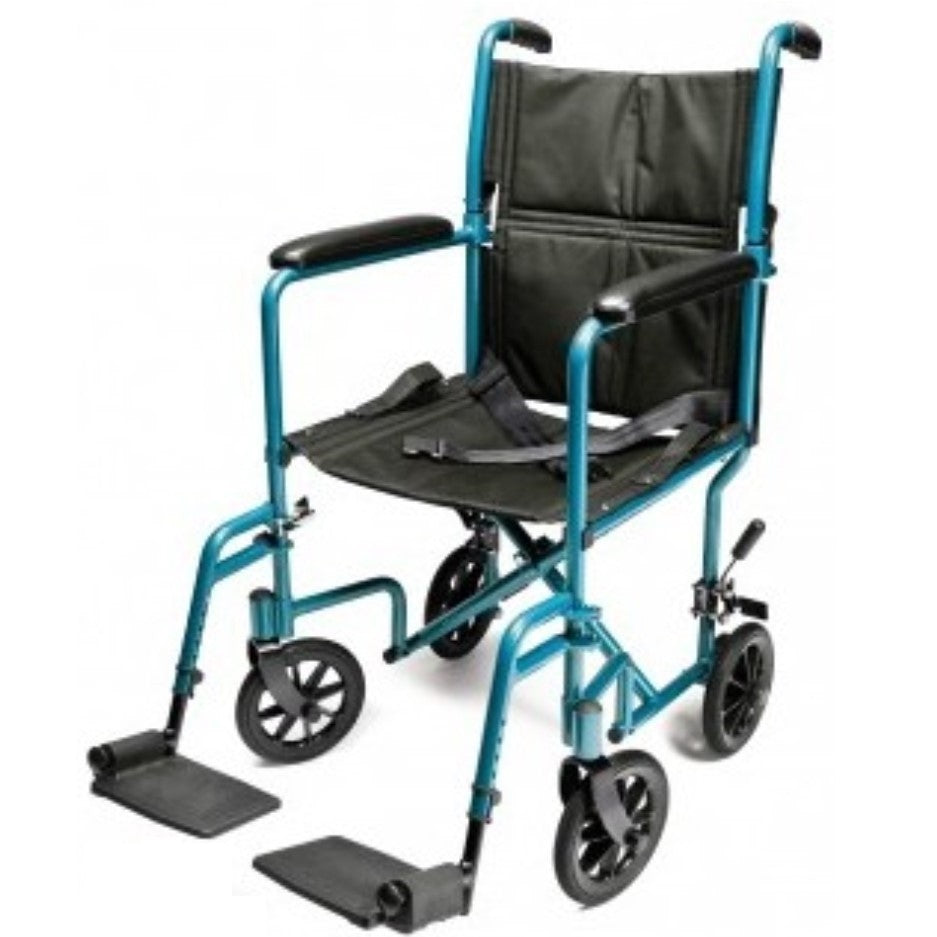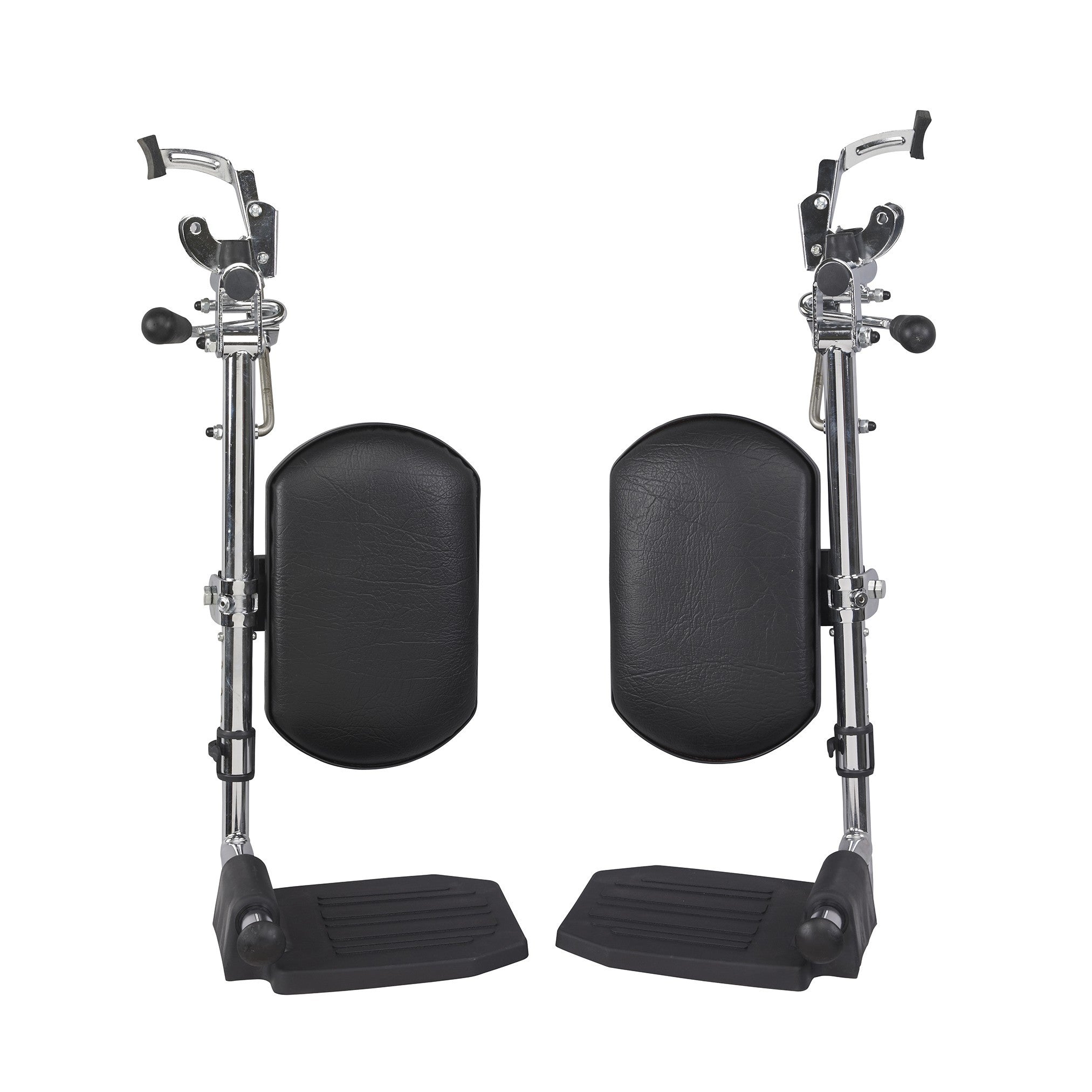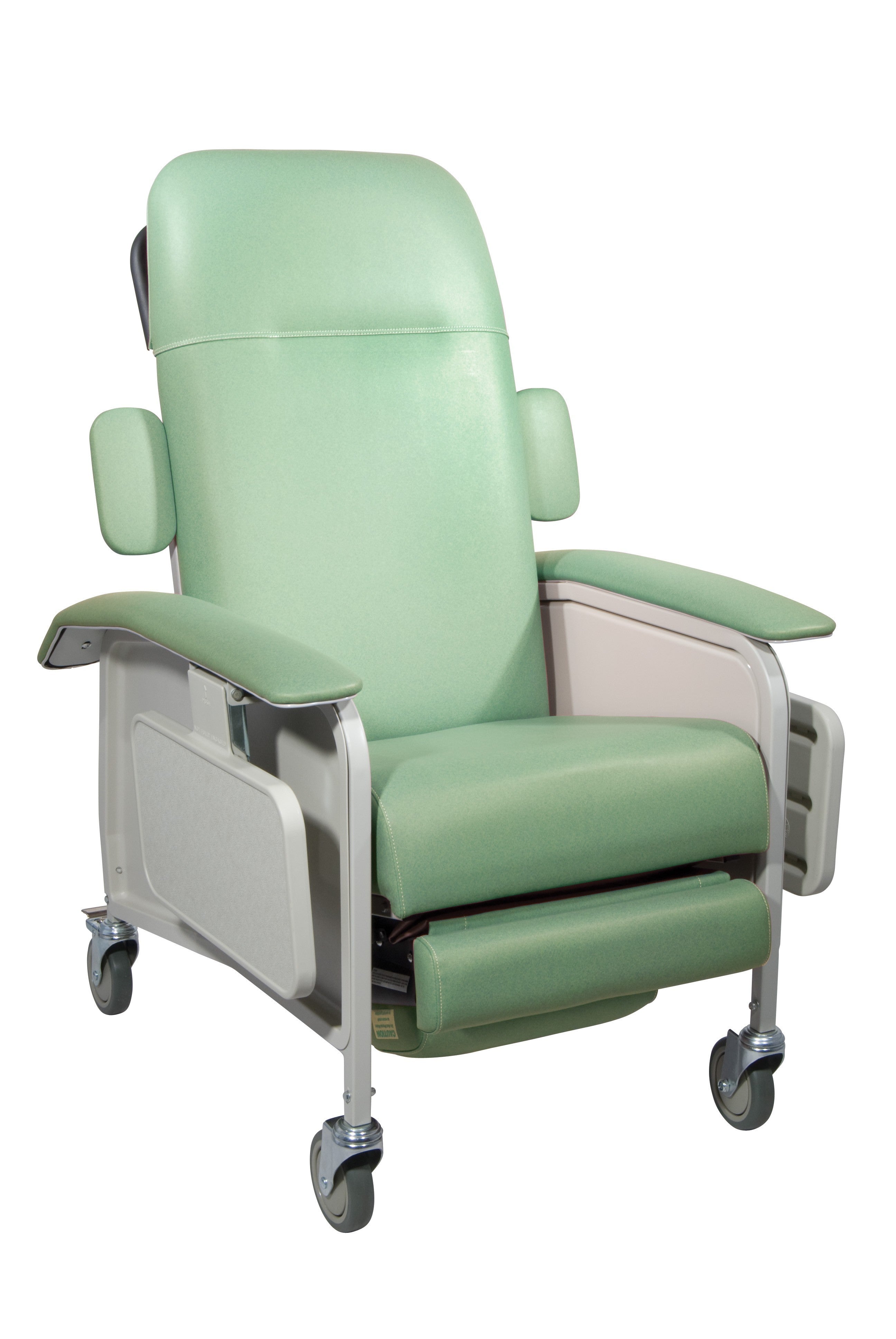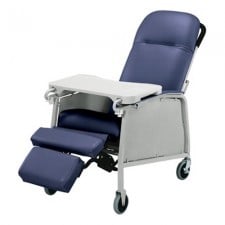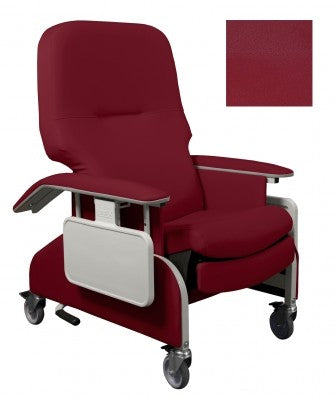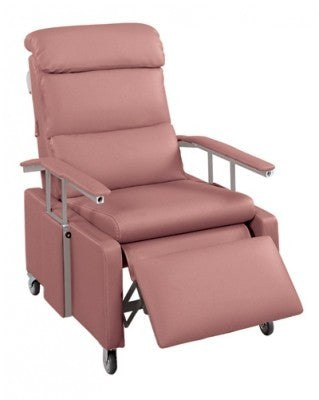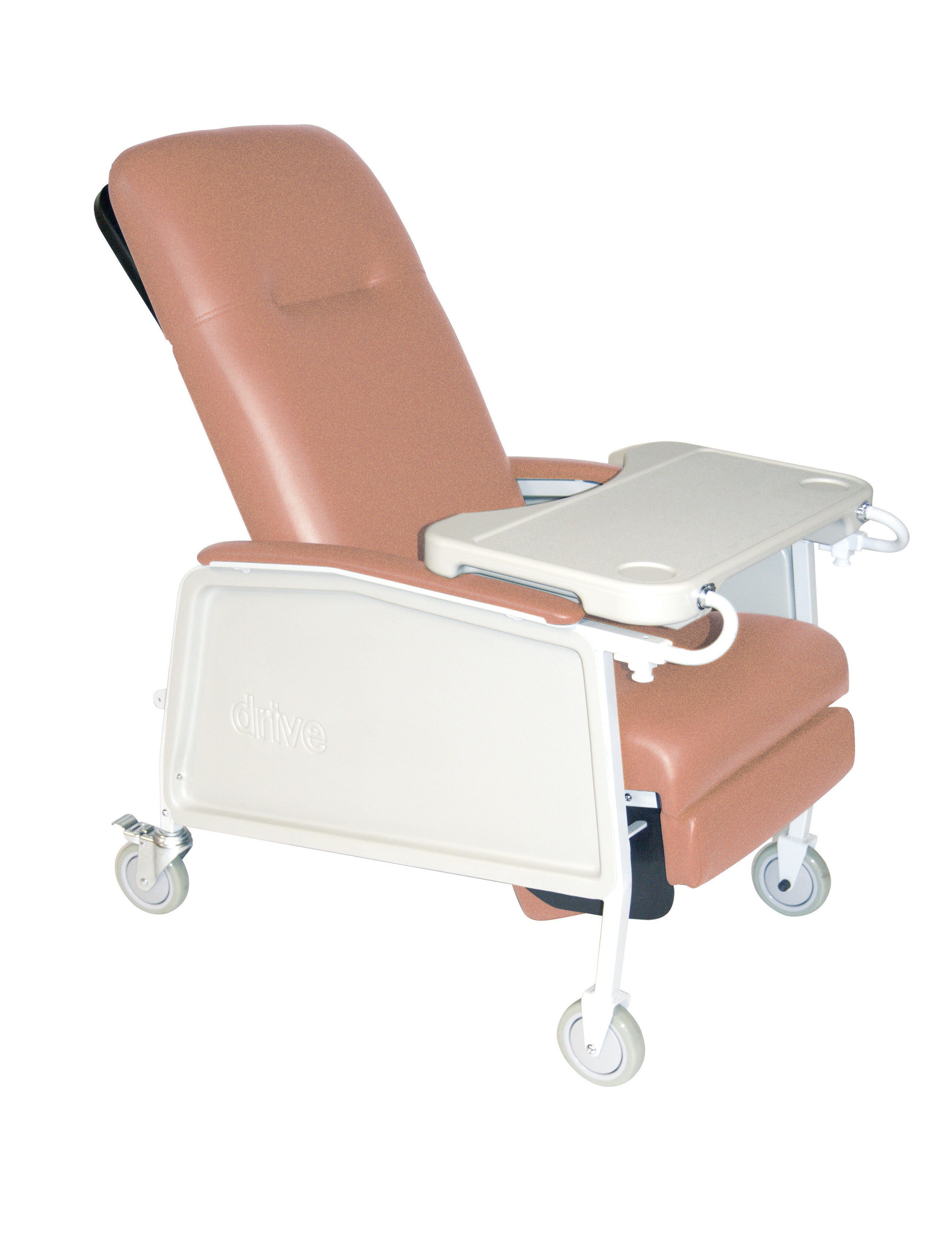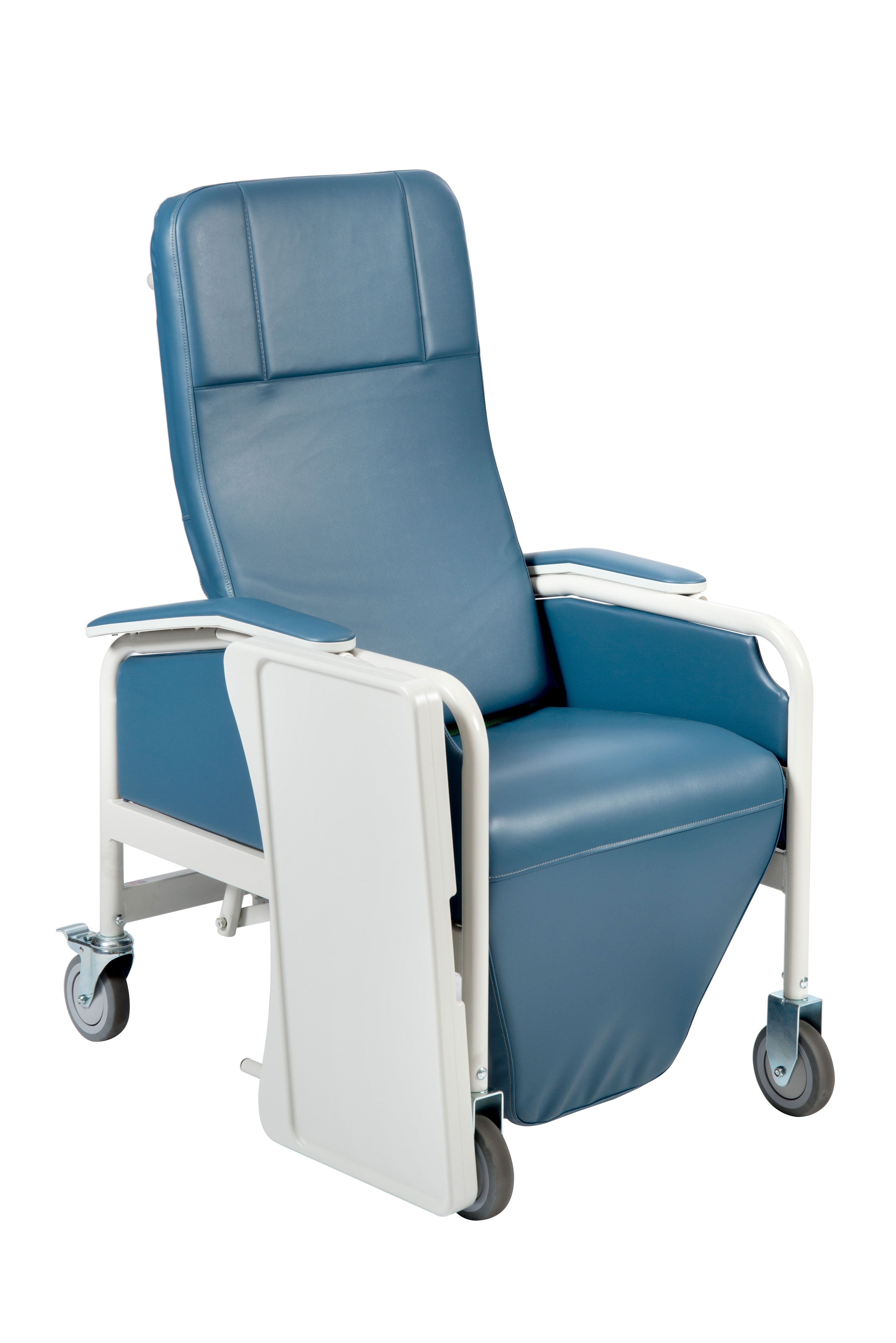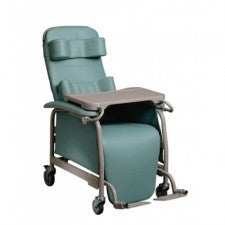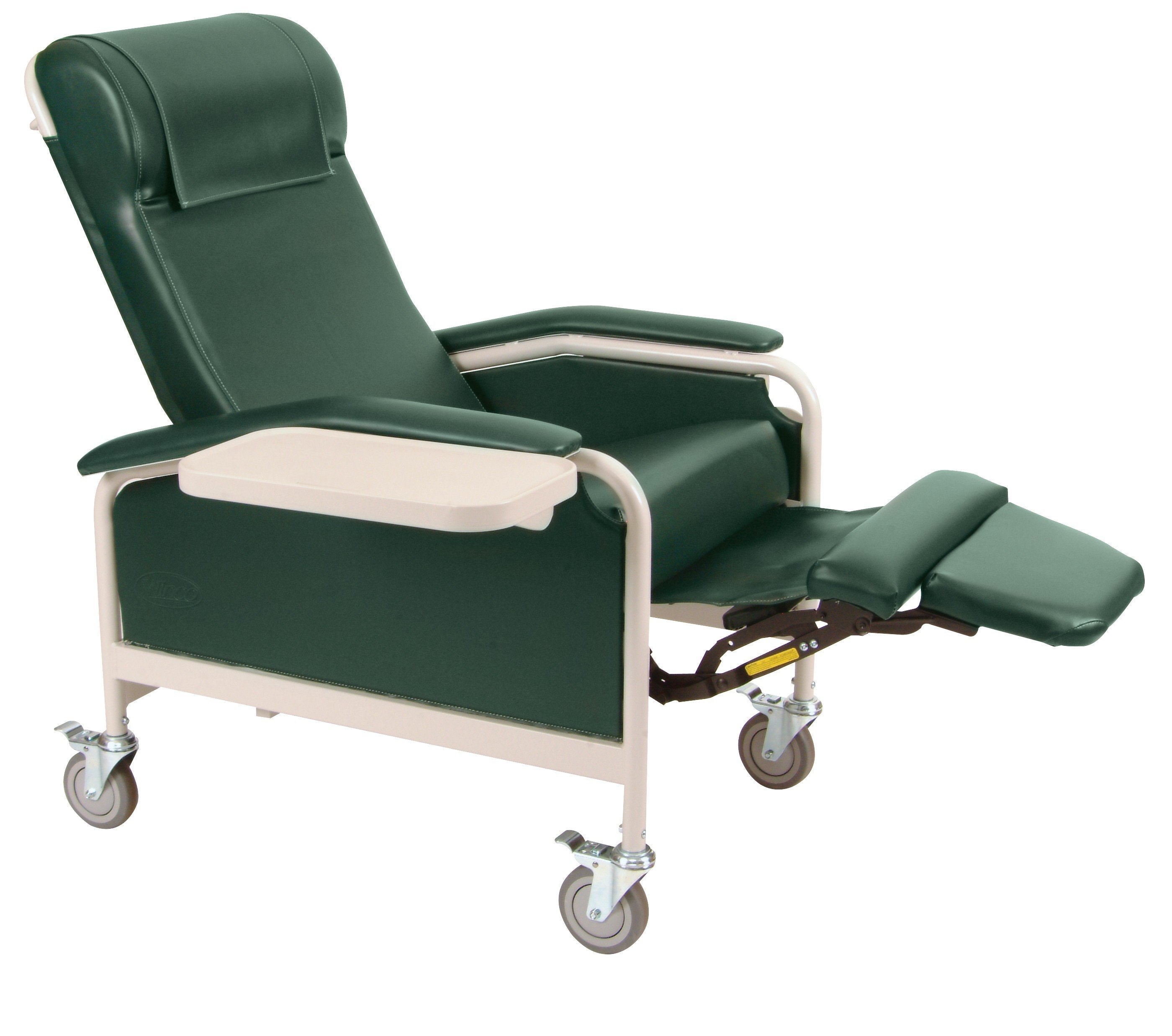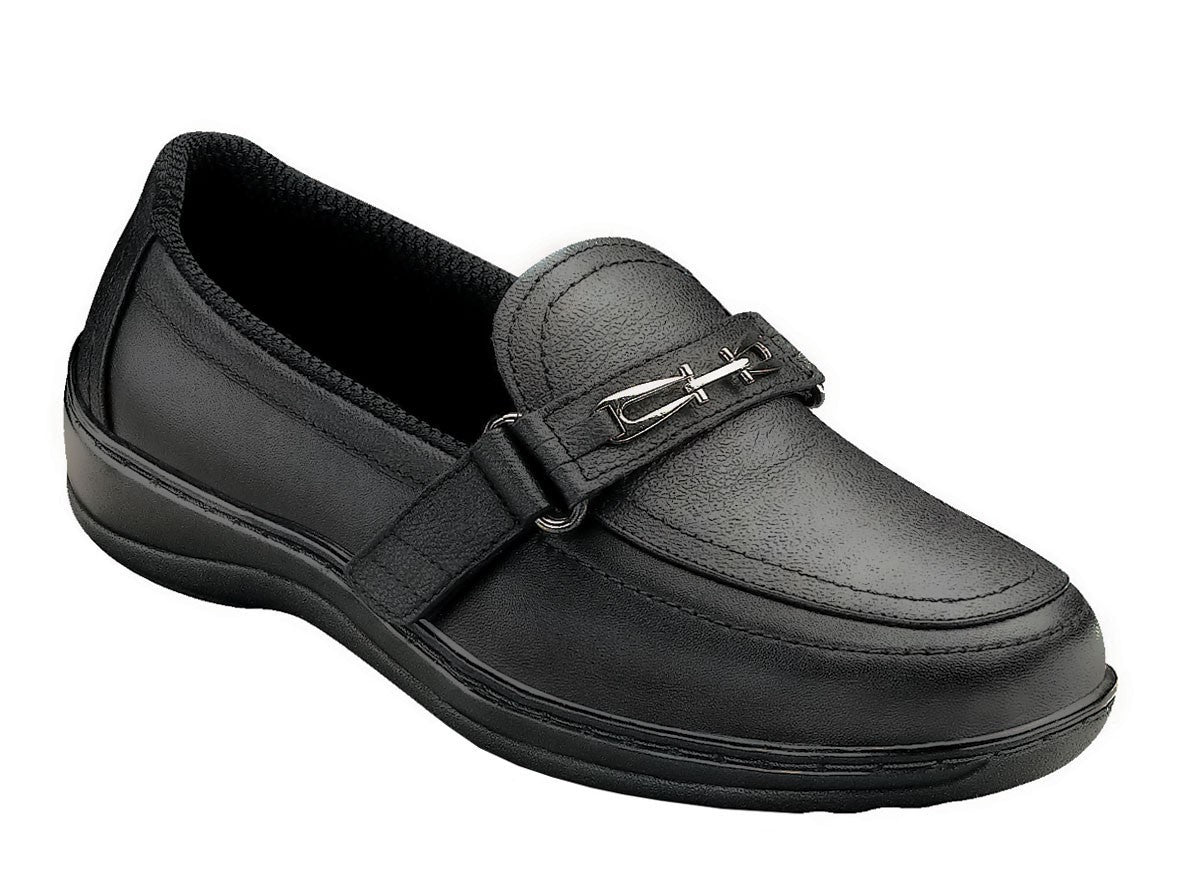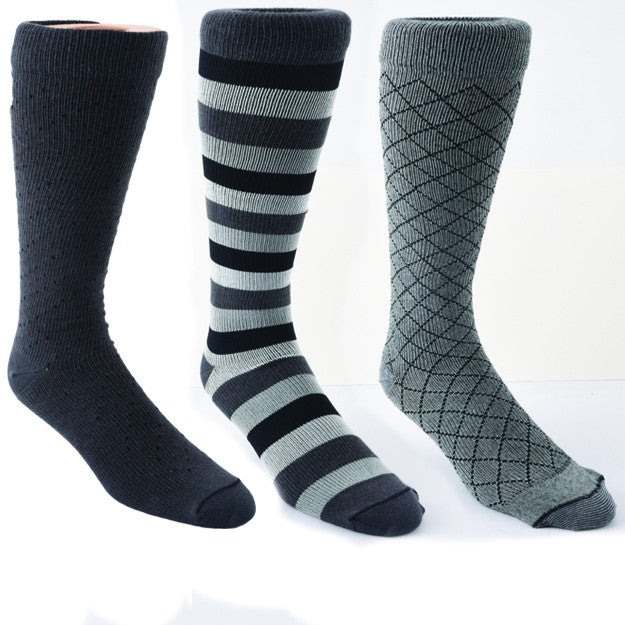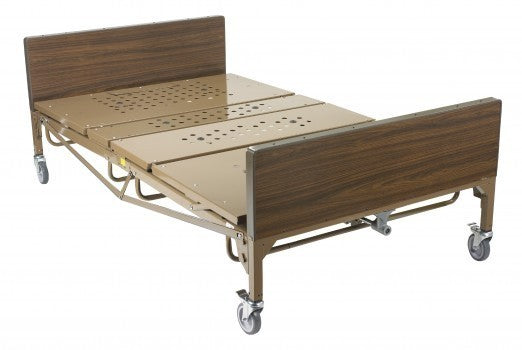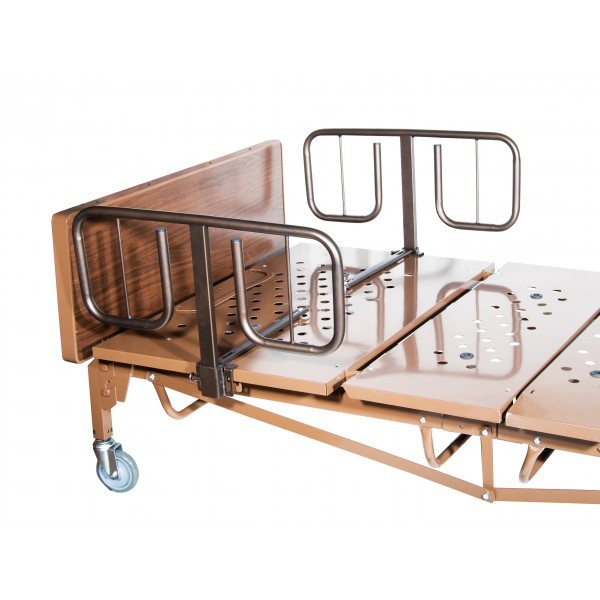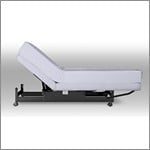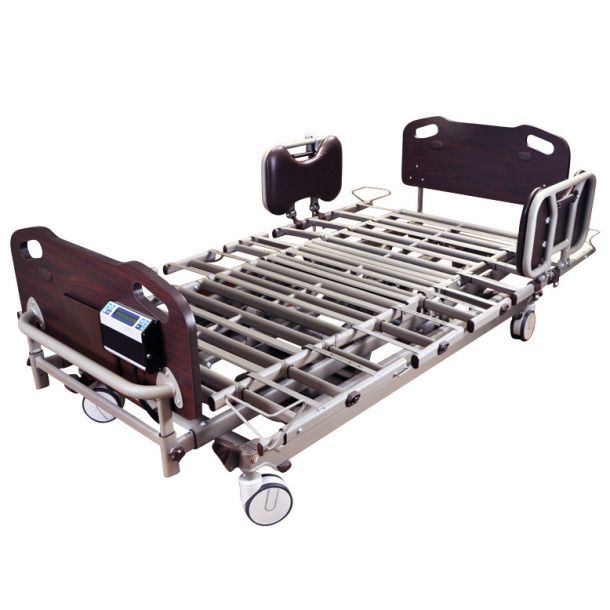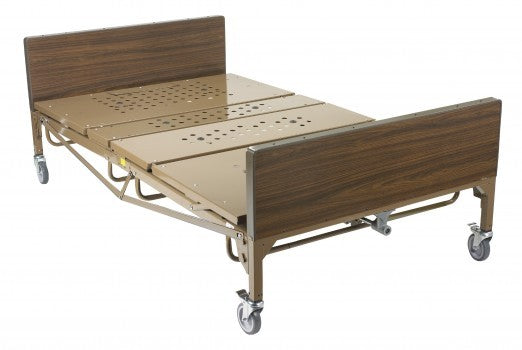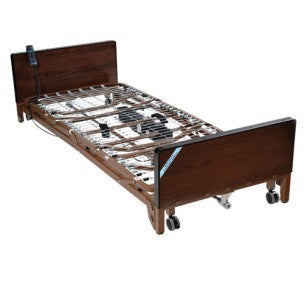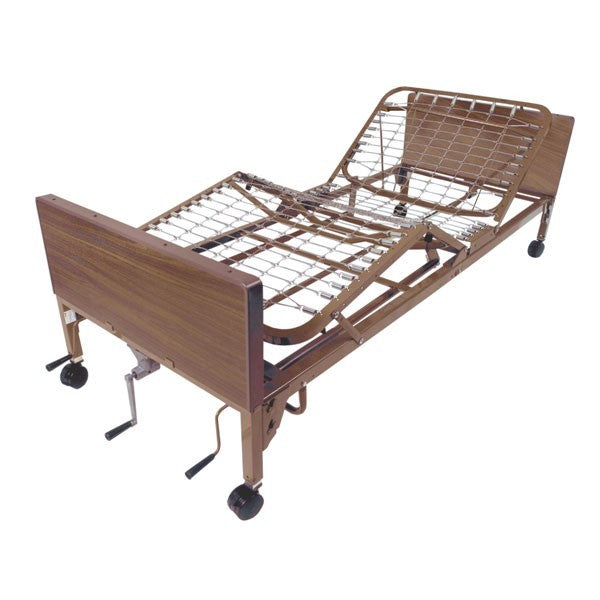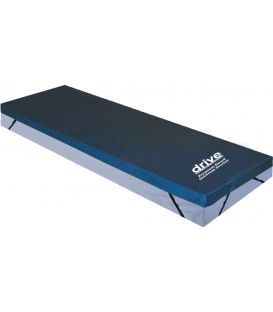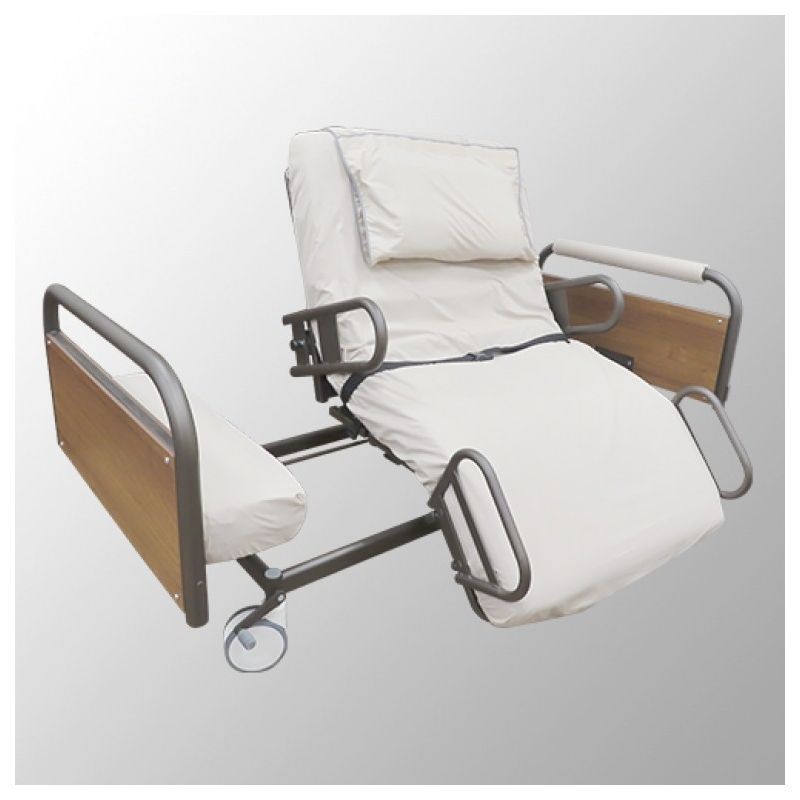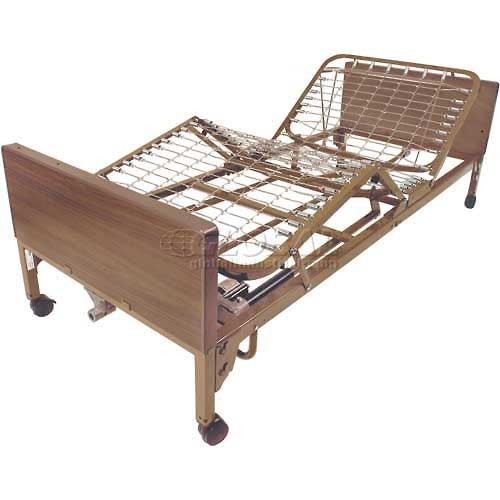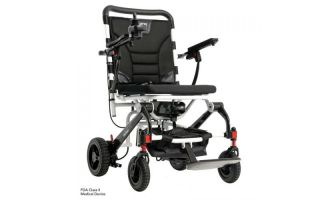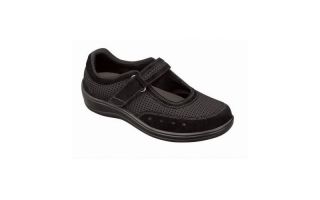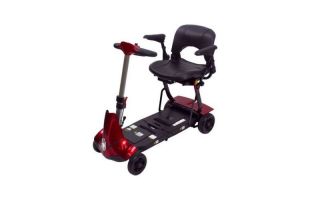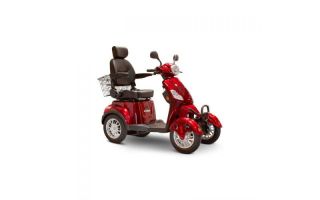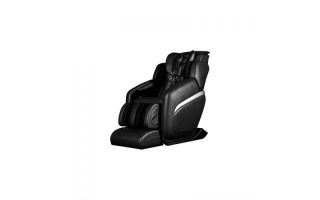As the population ages, mobility becomes an increasingly important issue for many seniors. Difficulty with walking, balancing, and general frailty can make it challenging for older adults to get around and live independently. However, new innovations in mobility technology are aiming to change that. In this article, we will explore some of the most promising health mobility products that could shape the future for senior mobility.
Exoskeletons for Enhanced Strength and Stability
Exoskeletons are wearable devices that act as an external skeleton to provide support and extra strength. For seniors, exoskeletons can assist with walking, balance, and stability. Devices like the Hybrid Assistive Limb (HAL) use sensors to detect the user's movements and provide synchronized motion support. HAL has been shown to improve walking speed and stride length. Other powered exoskeletons like the Ekso GT can help users stand and walk again after stroke or spinal cord injury. As the technology improves, exoskeletons could become lighter, more comfortable, and easier to put on, making them accessible mobility aids.
Smart Canes and Walkers
Standard canes and walkers will also get a high-tech upgrade. Smart mobility aids are being developed that provide feedback to the user and assist with navigation and fall prevention. For example, smart canes can sense nearby obstacles using ultrasonic sensors, vibrating to alert users to hazards ahead. More advanced smart walkers may feature automatic braking, body positioning sensors, and even supplemental oxygen tanks built into the frame. With an aging population, demand will likely grow for smarter support aids that promote active lifestyles.
Autonomous Wheelchairs and Mobility Scooters
Self-driving technology is also coming to mobility devices like wheelchairs and scooters. Autonomous mobility allows users to get around easily without needing to manually steer or navigate. Motors and sensors handle obstacle avoidance and route planning, while features like collision detection improve safety. Voice commands or eye tracking can control the wheelchair rather than using a joystick or buttons. This hands-free driving allows people with limited mobility, paralysis or other disabilities to move freely and independently. As the technology develops, truly driverless wheelchairs could transport users around homes, neighborhoods or towns.
Wearable Robotic Devices
For those able to walk on their own, robotic wearables provide extra assistance with mobility. These exosuits or exoskeletons don't replace the legs but rather work in tandem with them. The lightweight powered actuators apply force to the hips or ankles, making it less taxing for the user to walk or stand. Devices like the Phoenix Exosuit use AI to learn and assist the user's gait. It provides targeted leg muscle support so seniors can walk efficiently for longer. Wearable robotics have the potential to enhance strength and stability while remaining relatively discreet.
Home Mobility Features
Seniors will also benefit from mobility innovations built into everyday environments. Smart home technology can enable accessibility and independence. Features like smart occupancy sensors, fall detection monitors, indoor navigation aids and gait analysis systems will provide in-home support. Voice controlled environments, robotic assistance, and autonomously moving furniture will also allow easy mobility around the home for users with limited range of motion. These ambient assisted living features integrated into living spaces could help many aging in place.
Mobility as a Service
Improving access to transportation services will also be key for seniors' mobility. New options like rideshare services, community bus fleets, and self-driving taxis will make it simpler to get around town without driving oneself. Mobility as a service (MaaS) platforms integrate various public and private transportation modes into a single interface. This enables users to quickly arrange and pay for the trips that suit their needs. MaaS offers seniors flexible mobility, better access to services, and reduced isolation.
The coming decades will see big changes in how we help older adults stay active and engaged as their mobility needs evolve. While walking aids, wheelchairs, scooters and accessible vans will continue improving, newer technologies like exoskeletons, smart devices, wearable robotics and autonomous driving will be integrated into mobility solutions. This new generation of senior health products will combine assistive functionality with AI, machine learning and human-centered design. With comprehensive mobility support, our aging population can retain independence, continue participating in their communities, and enrich quality of life.

